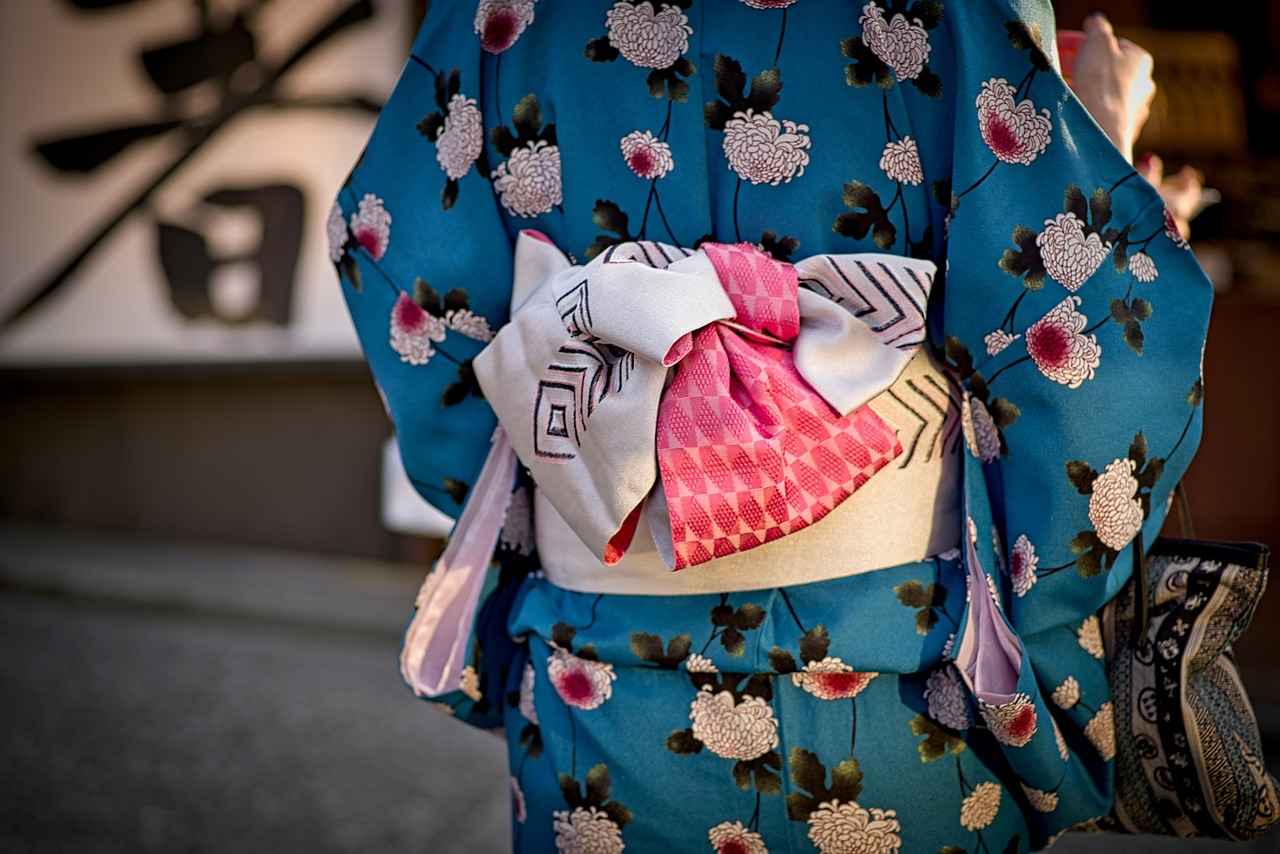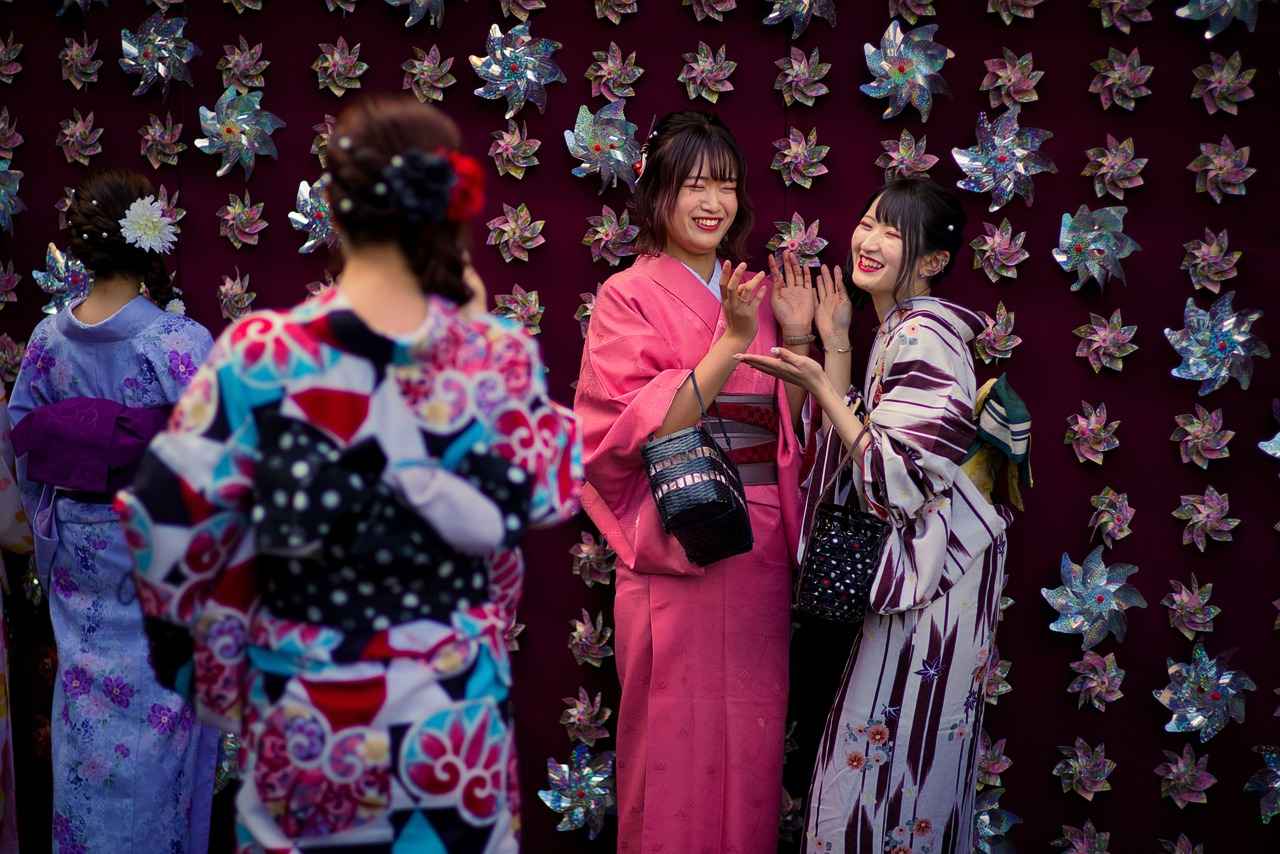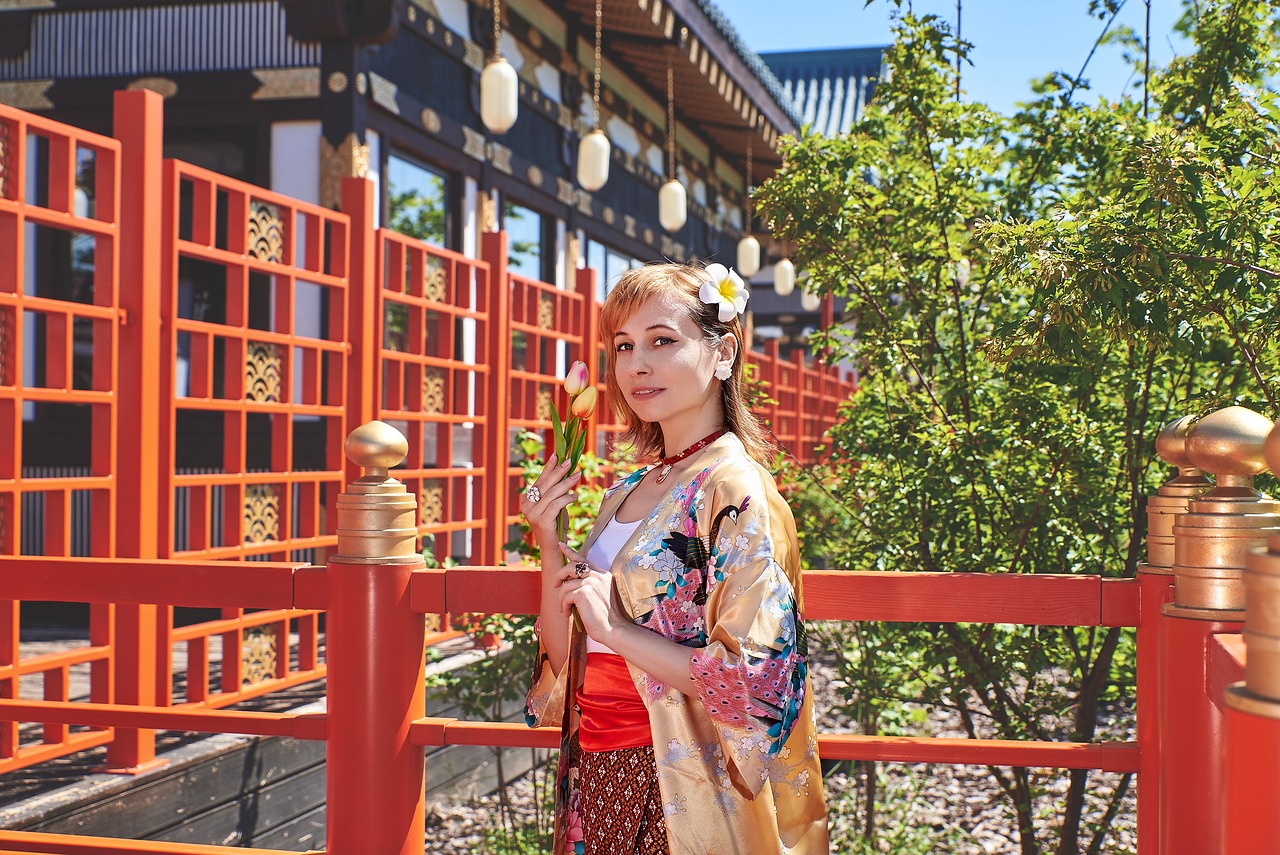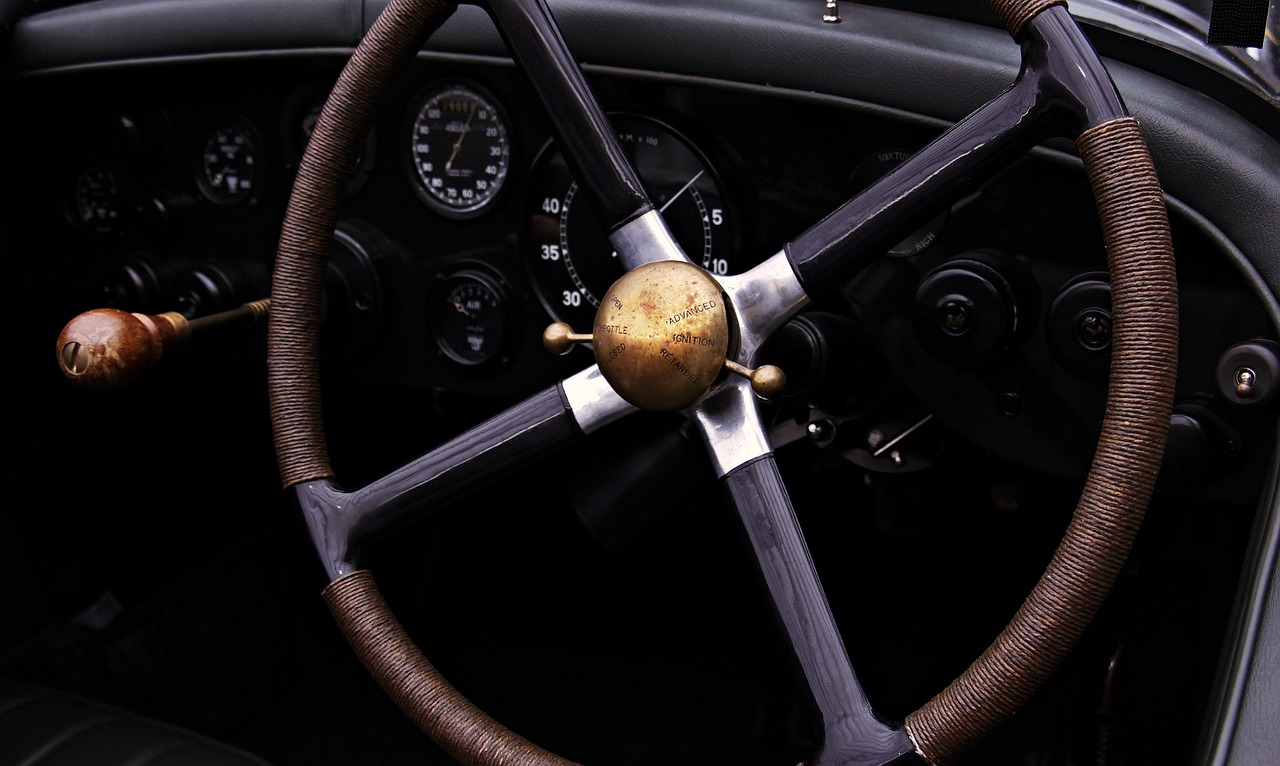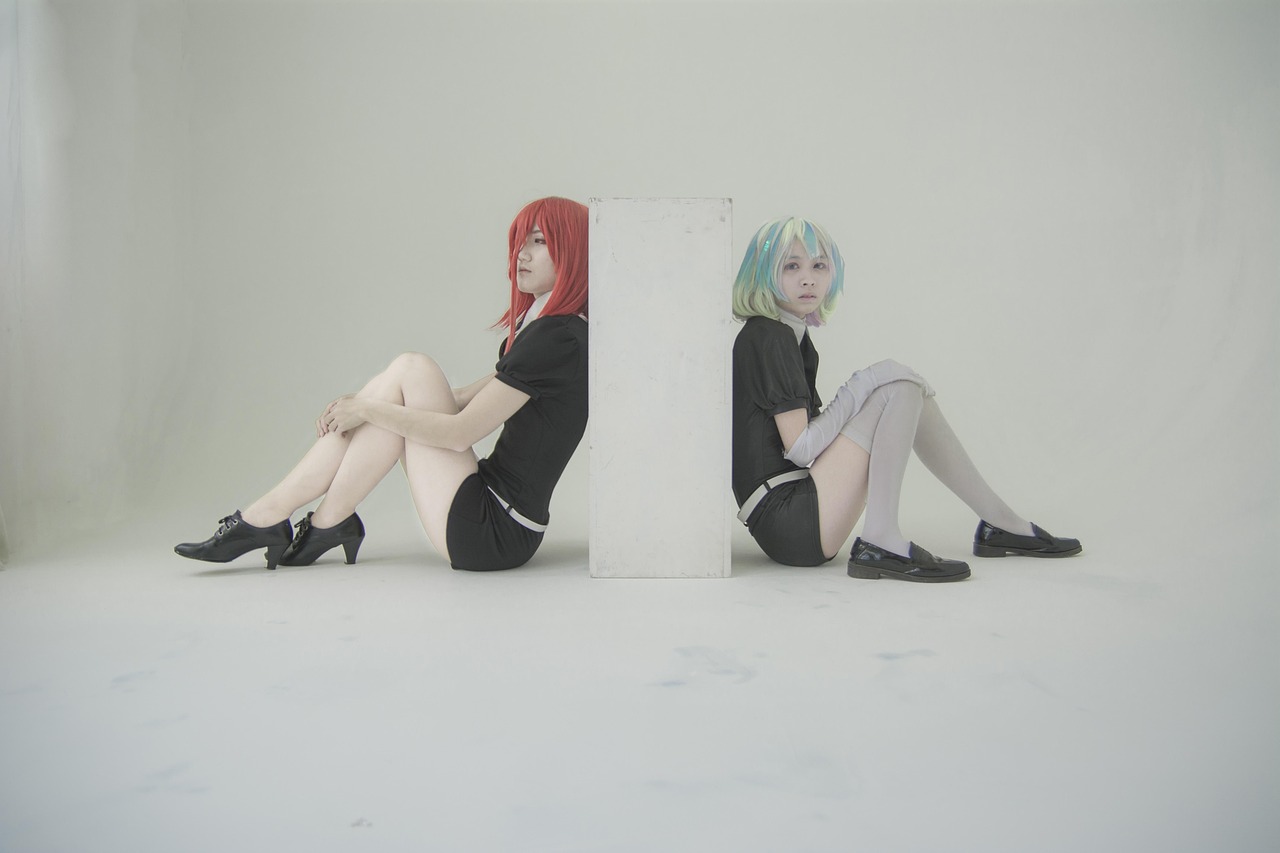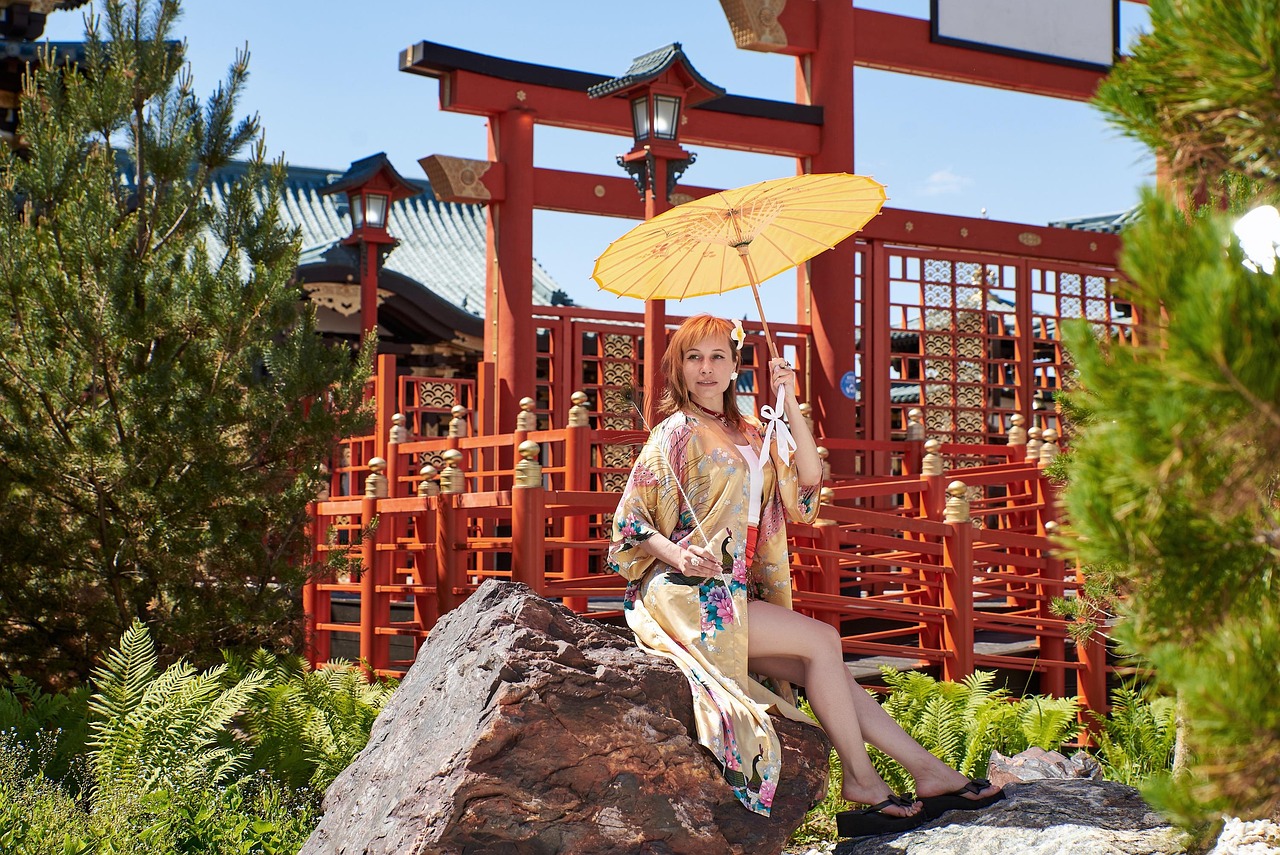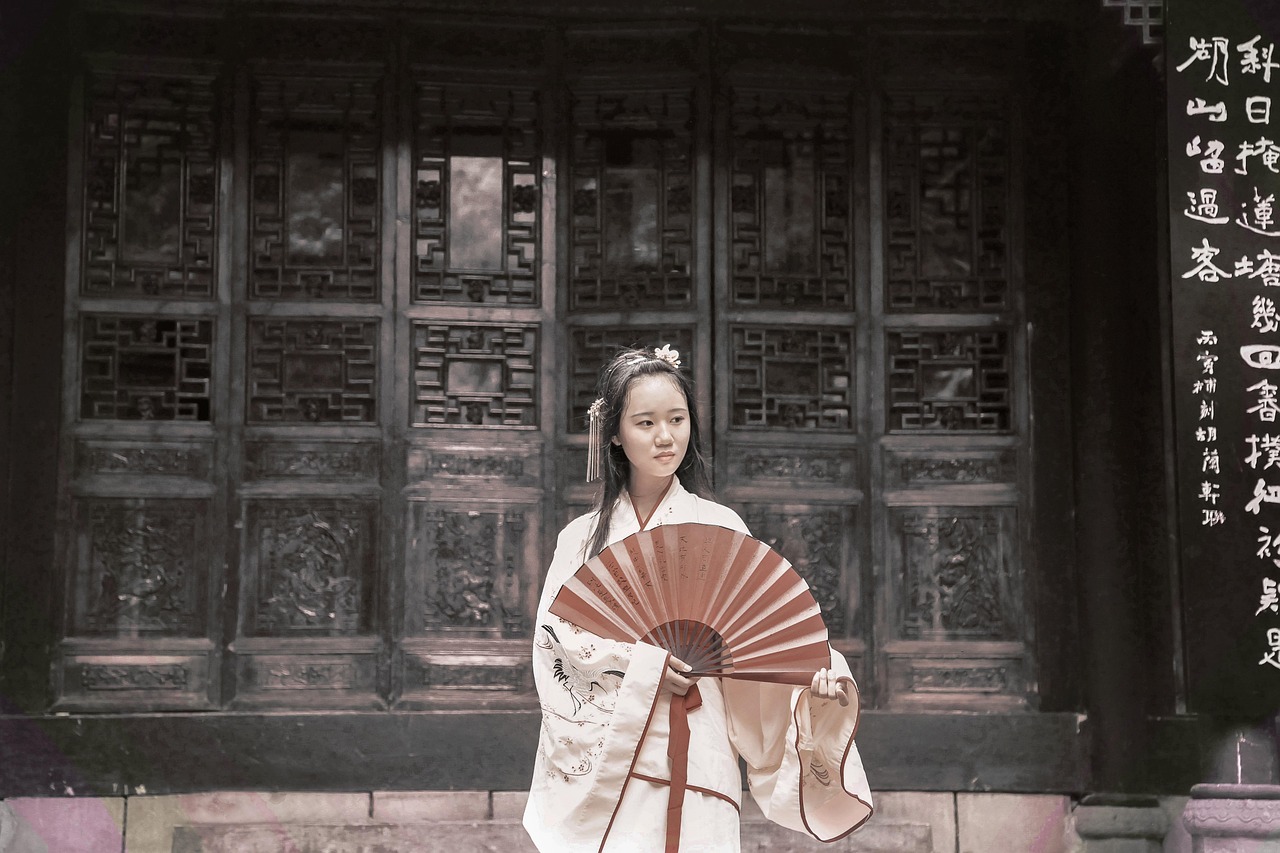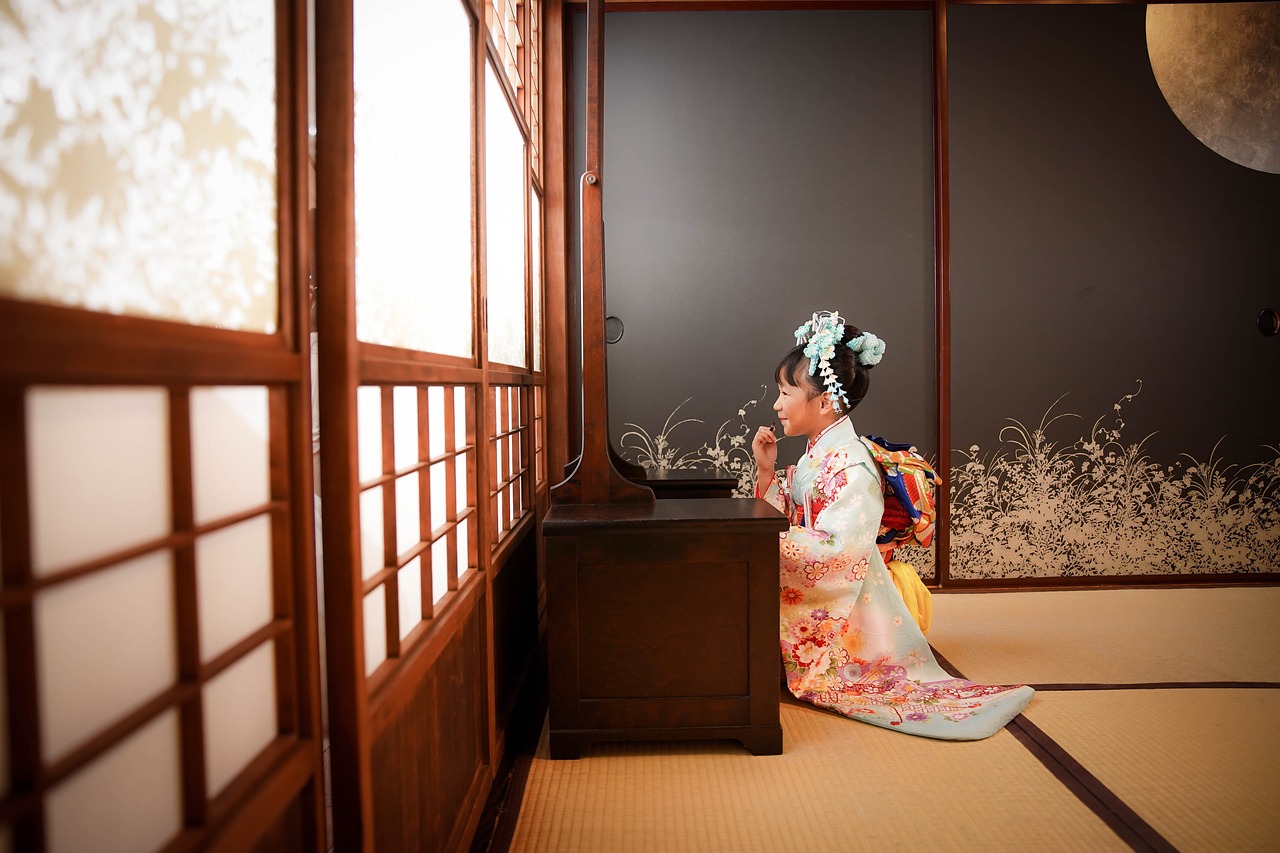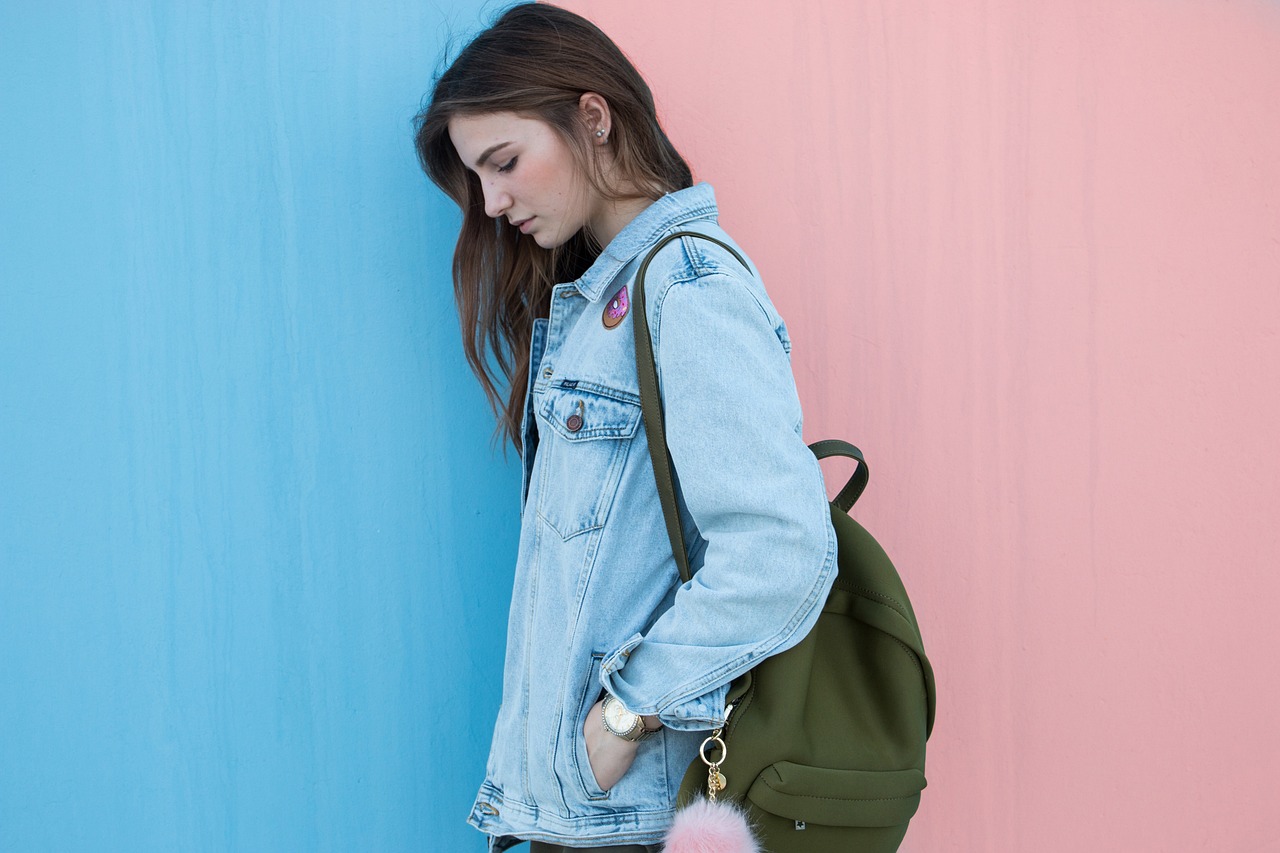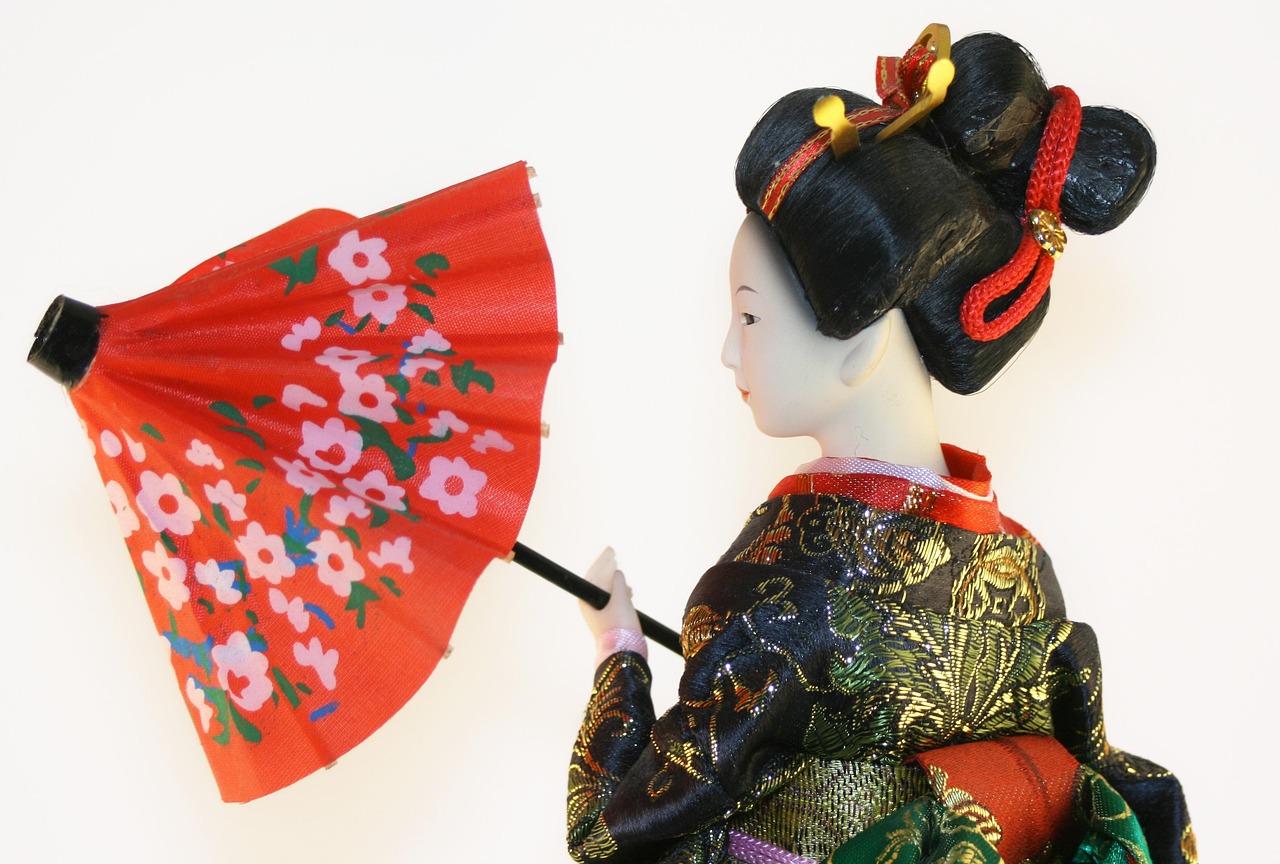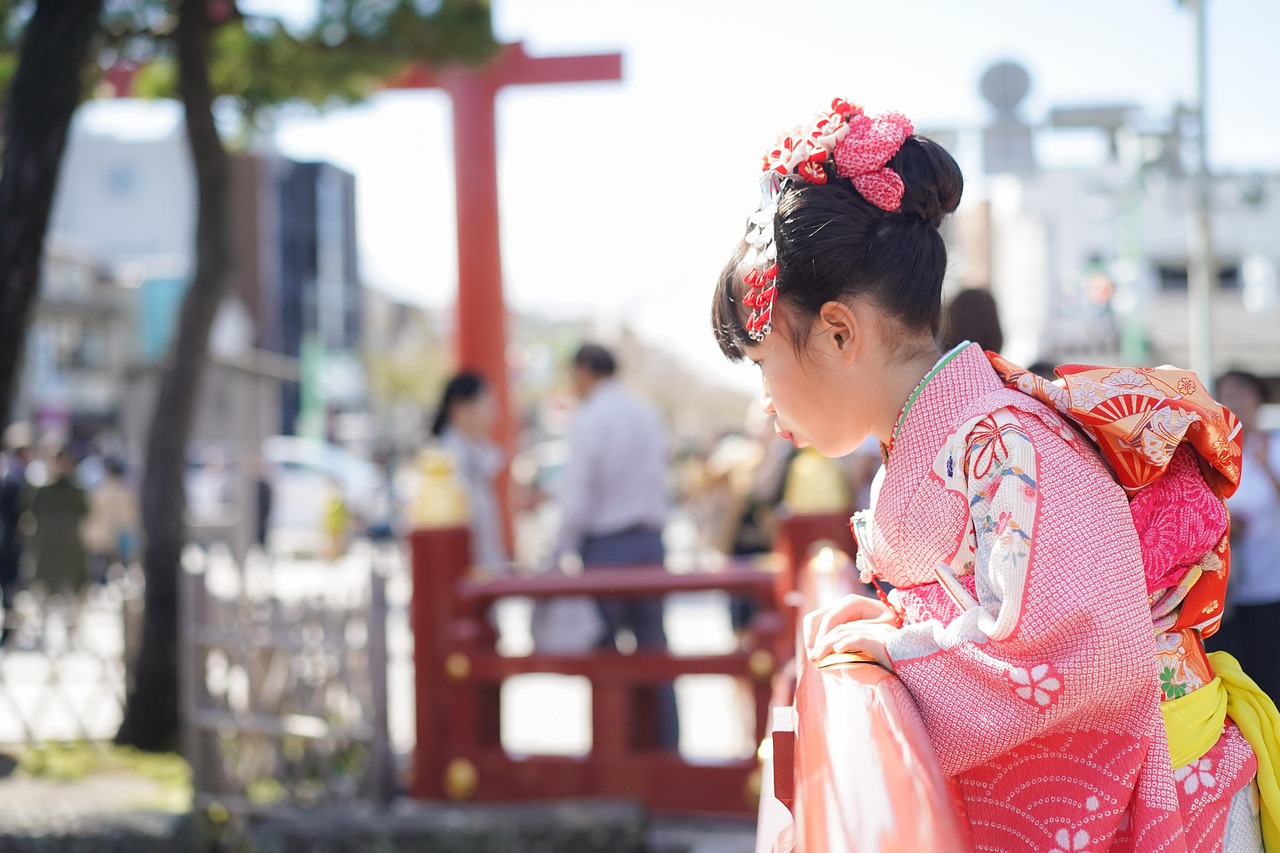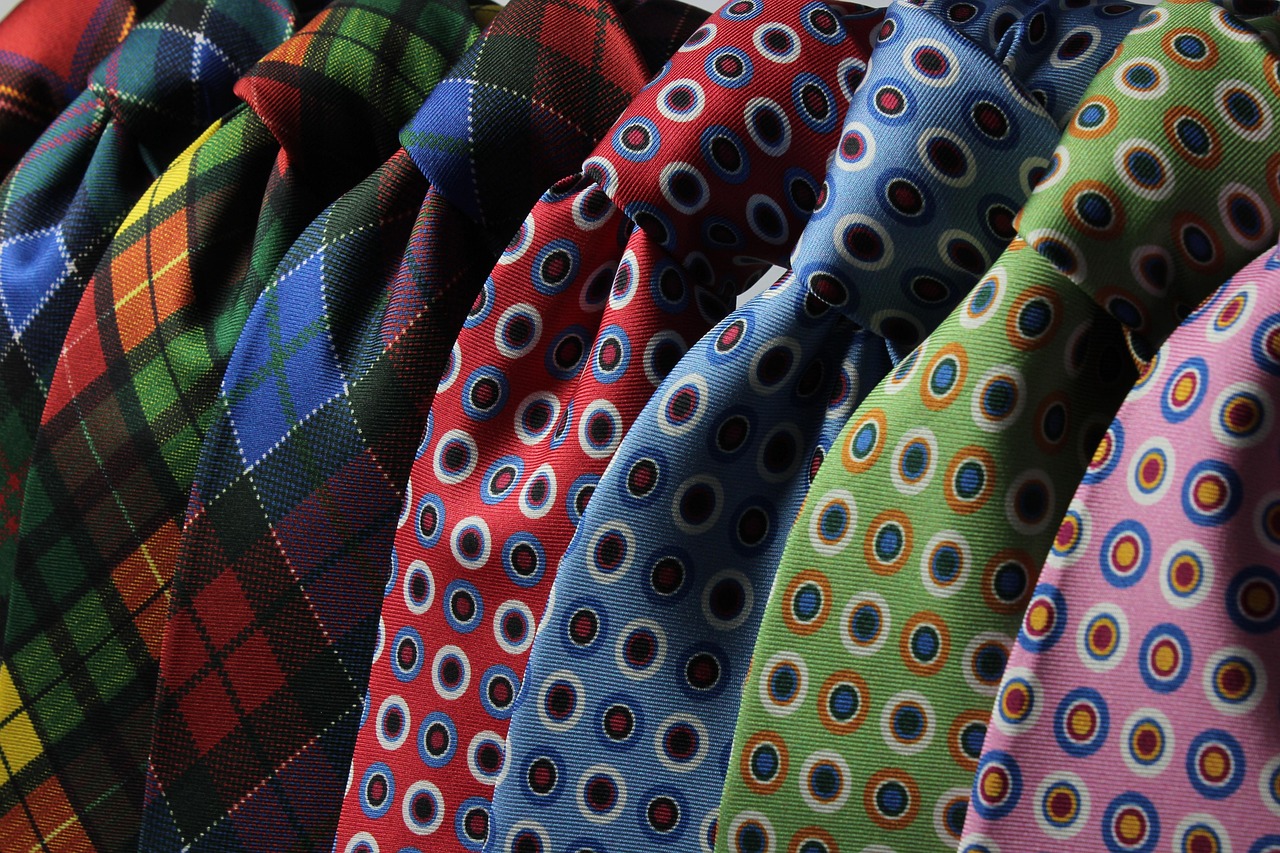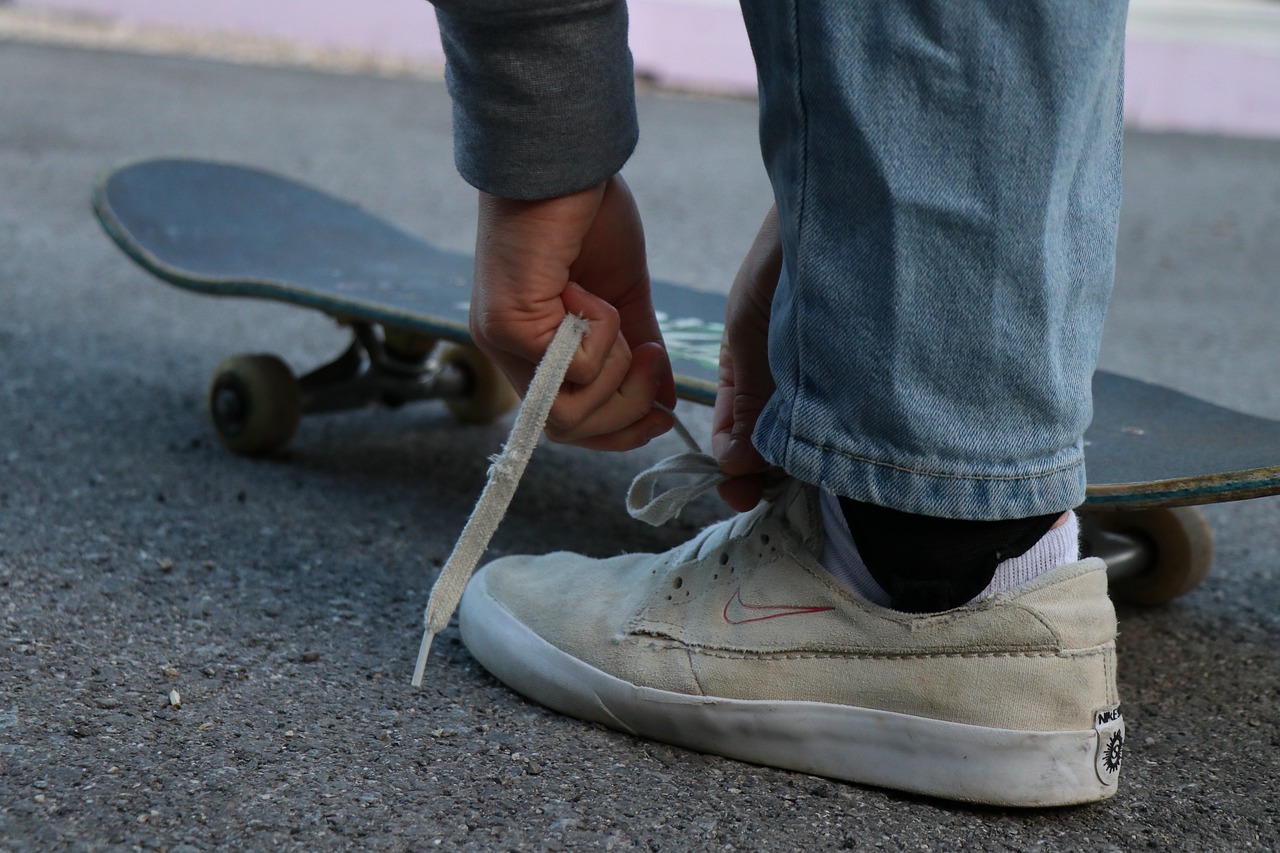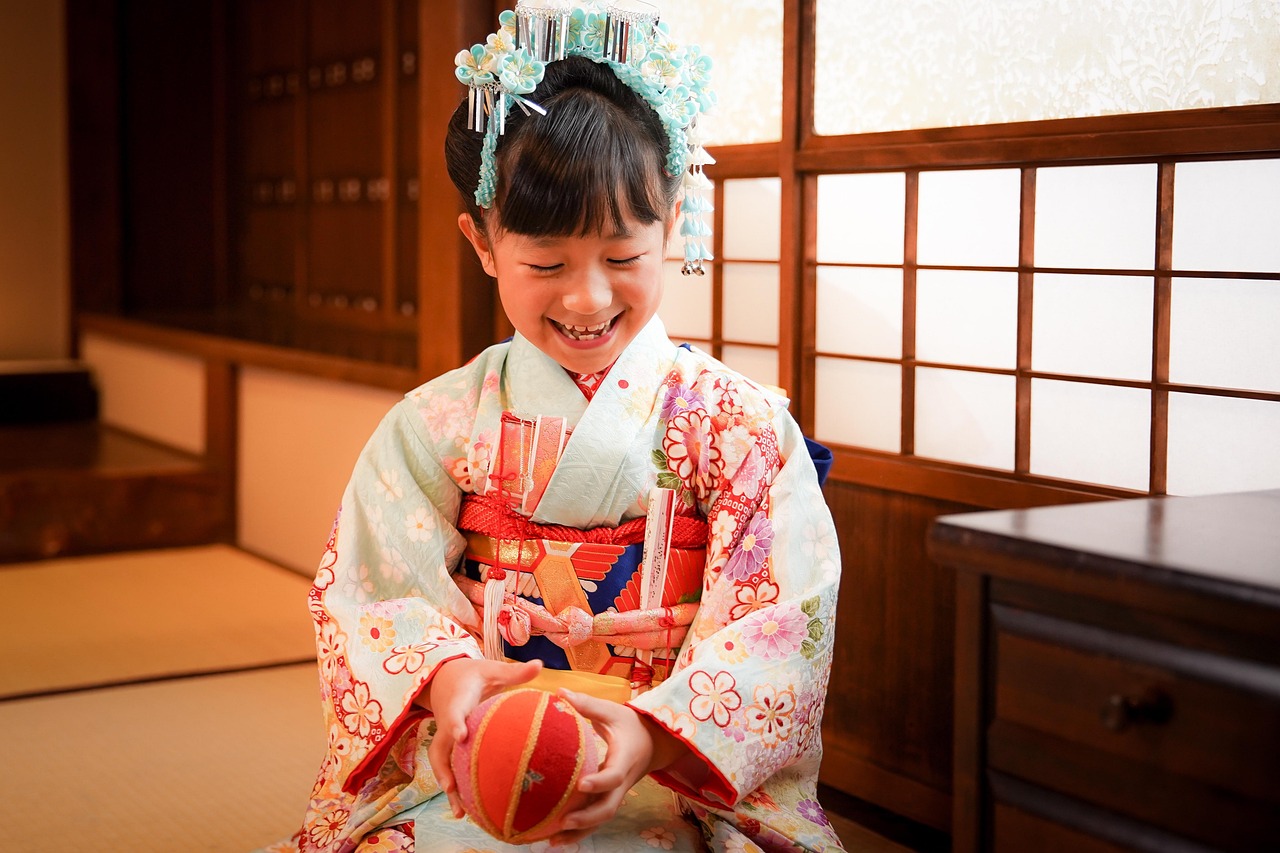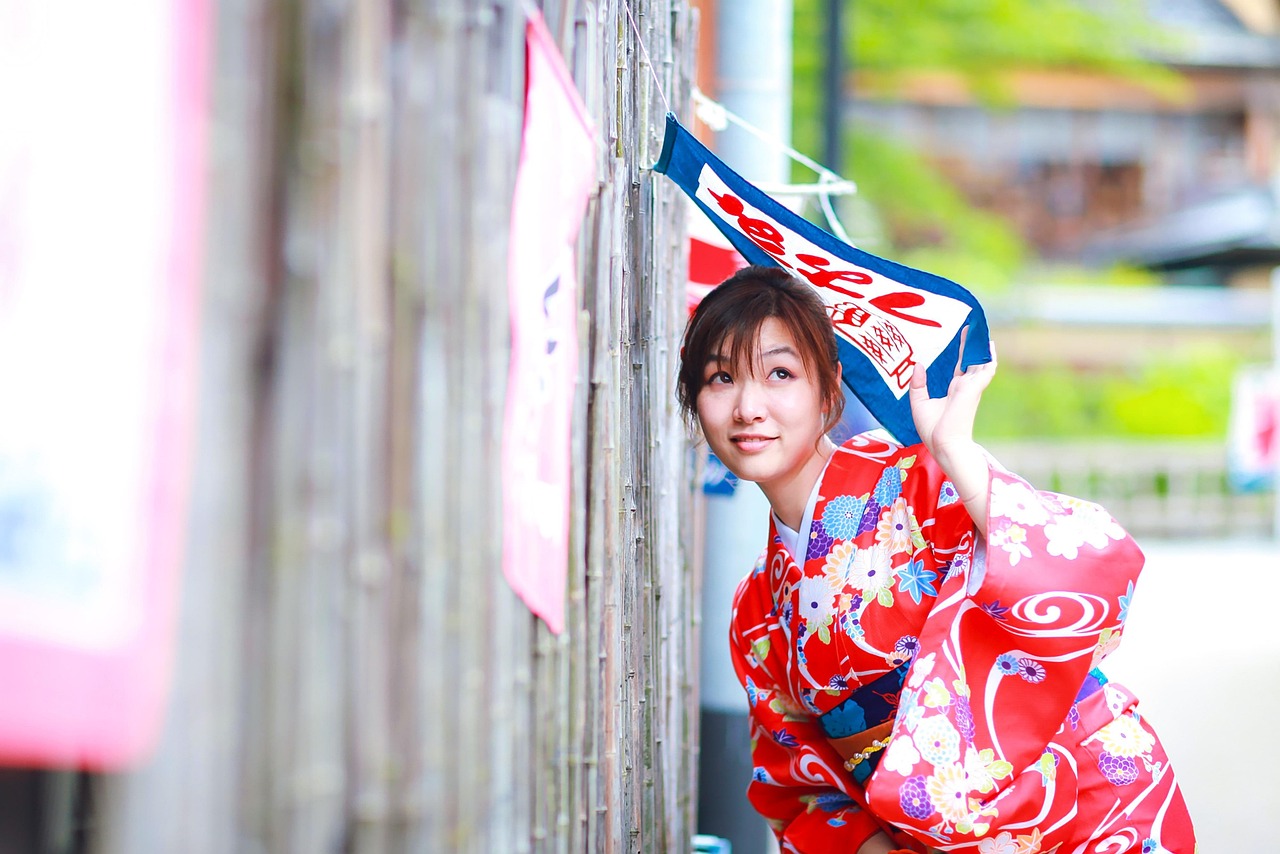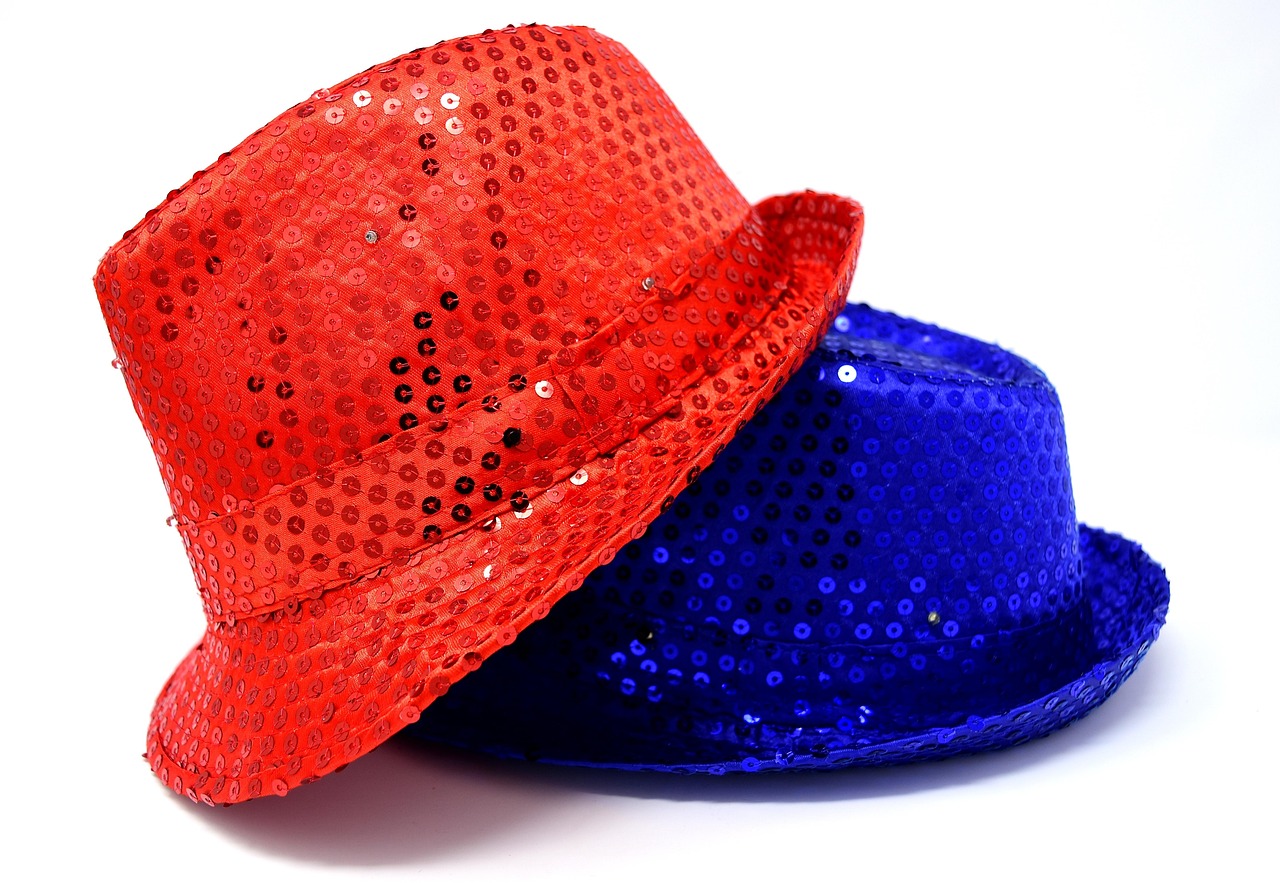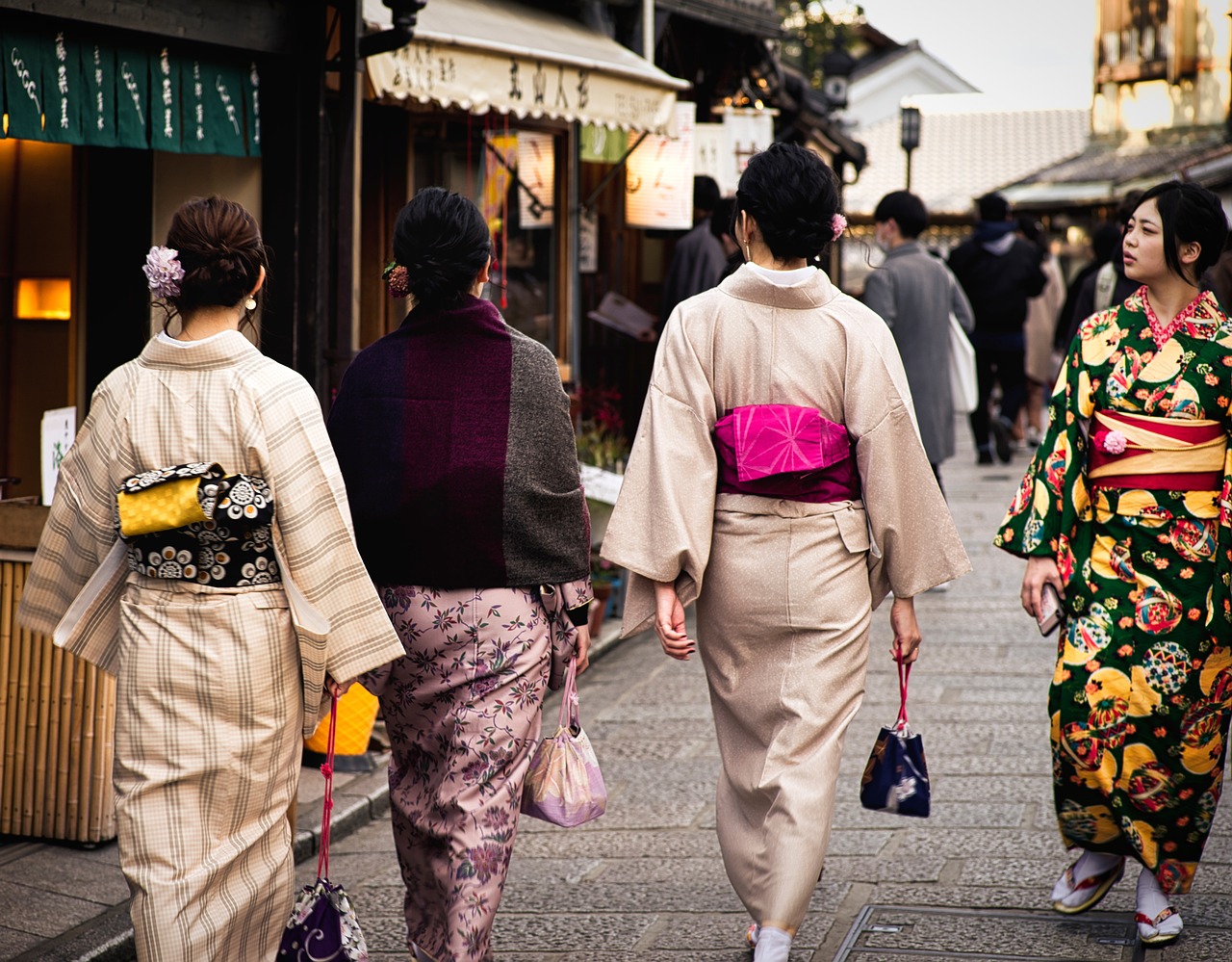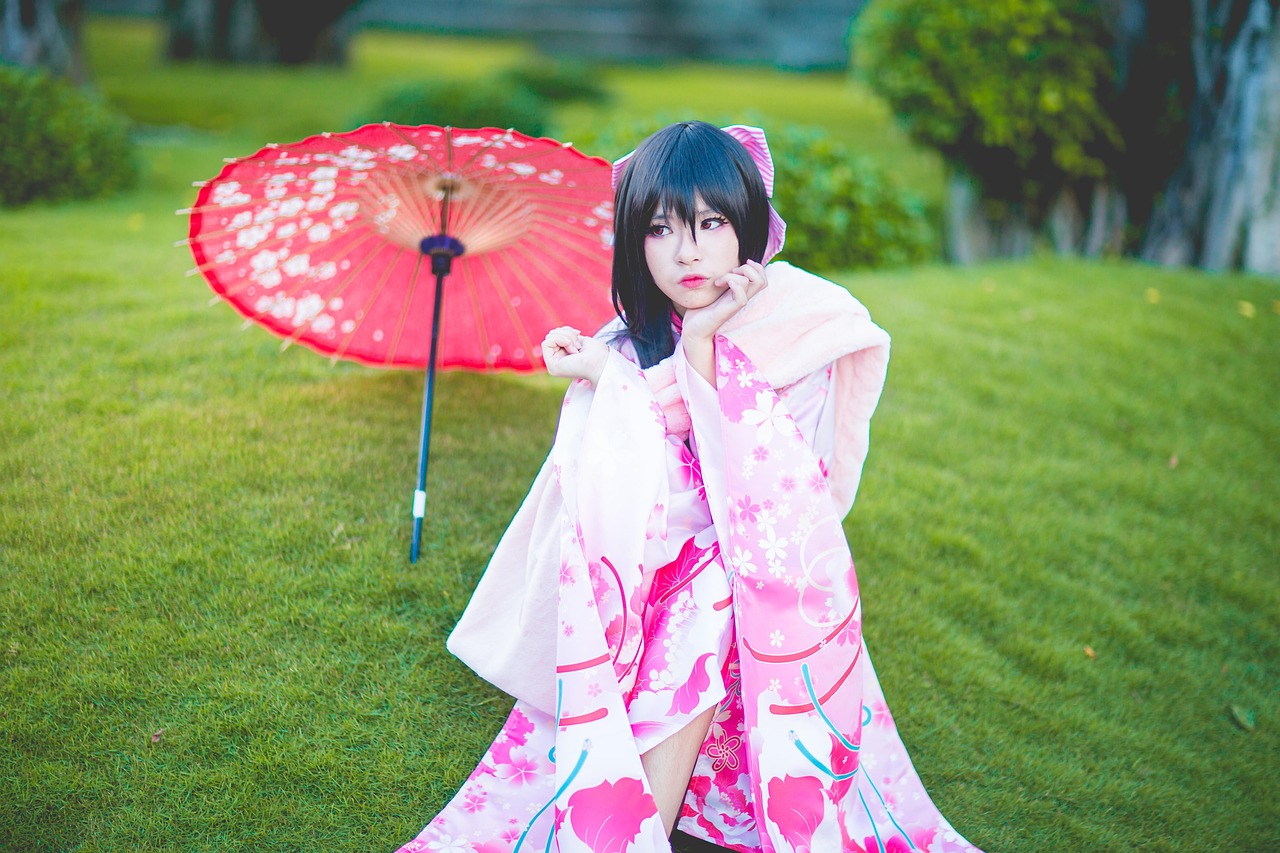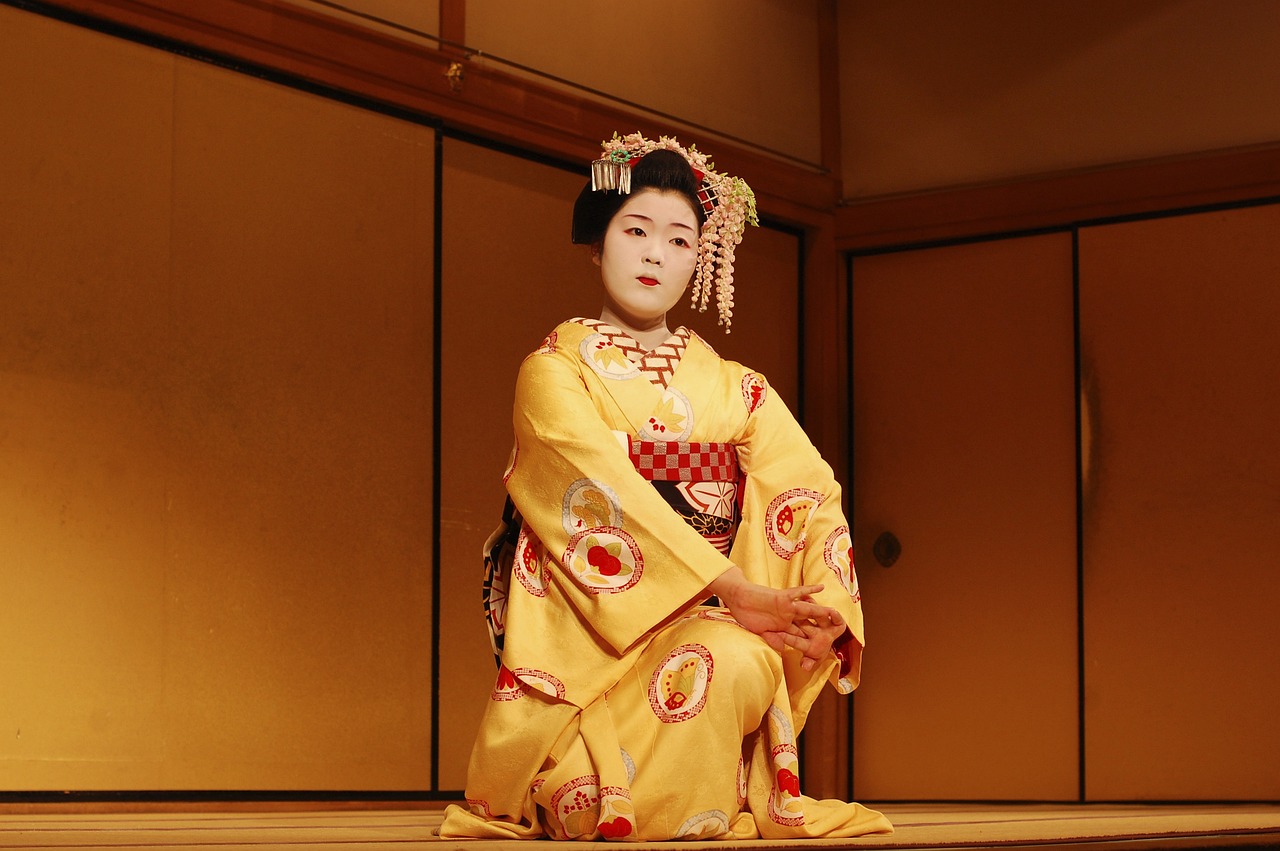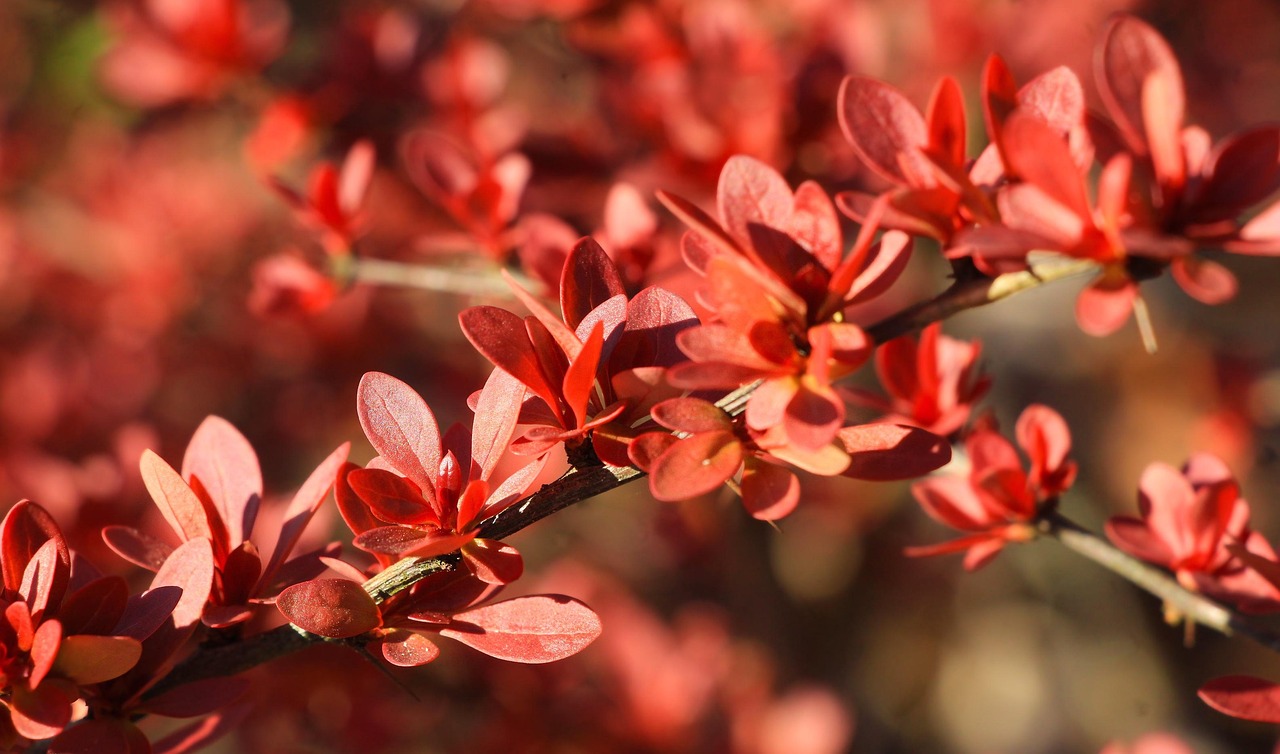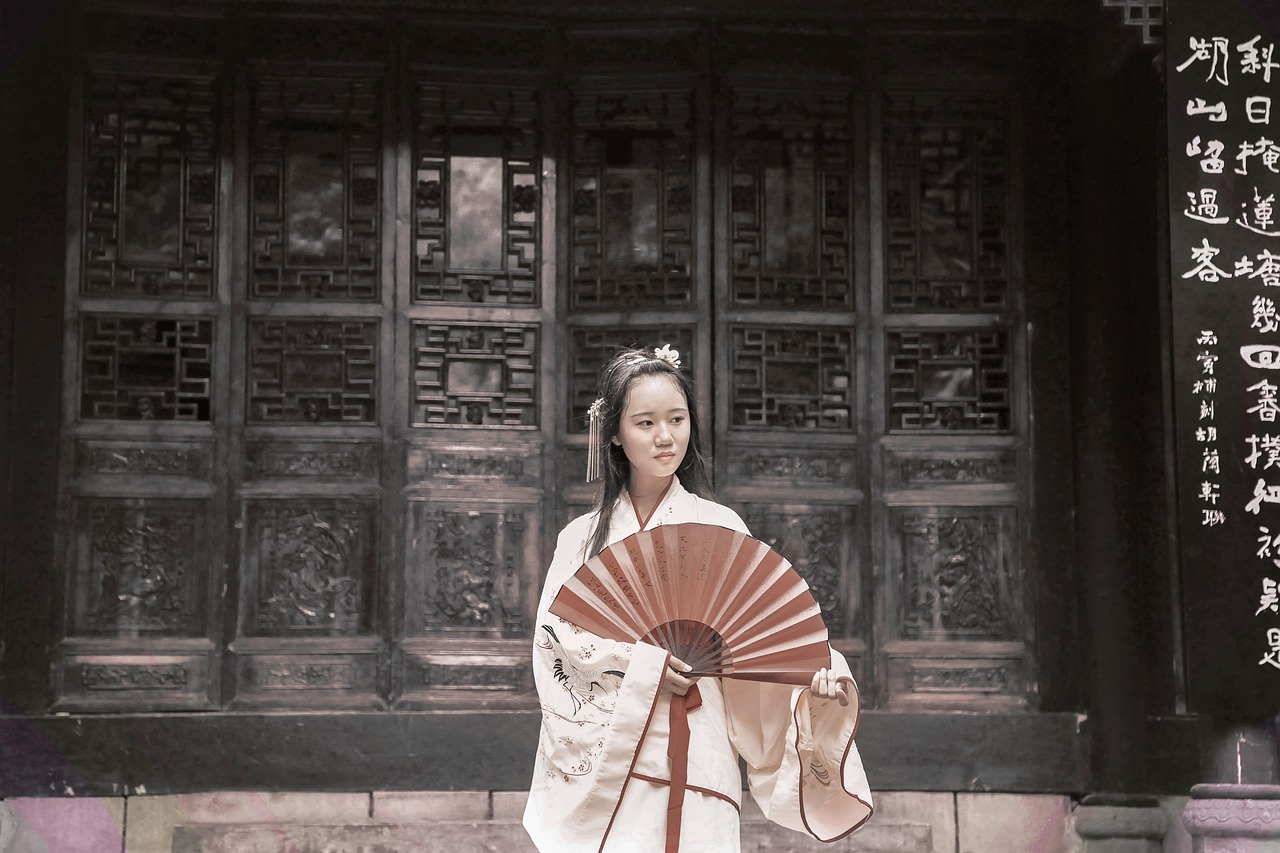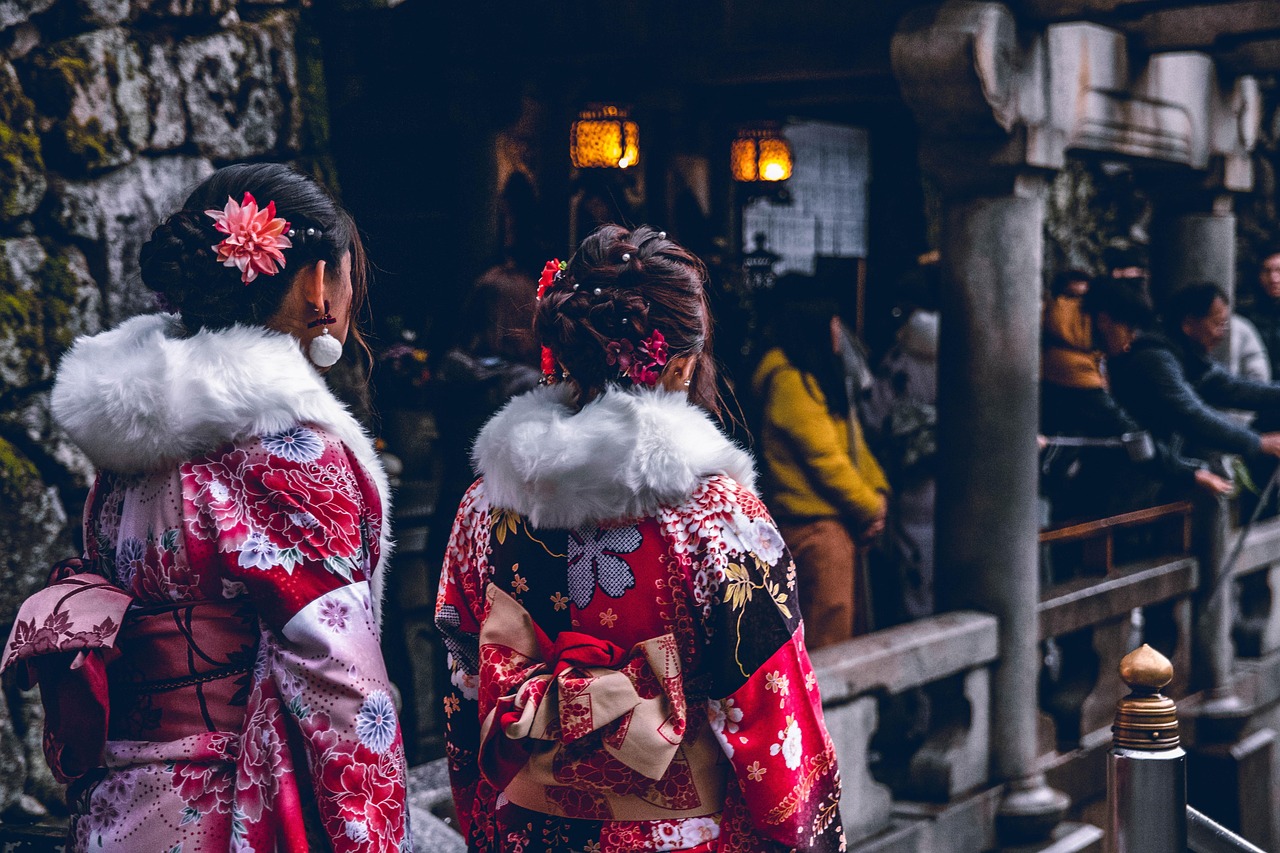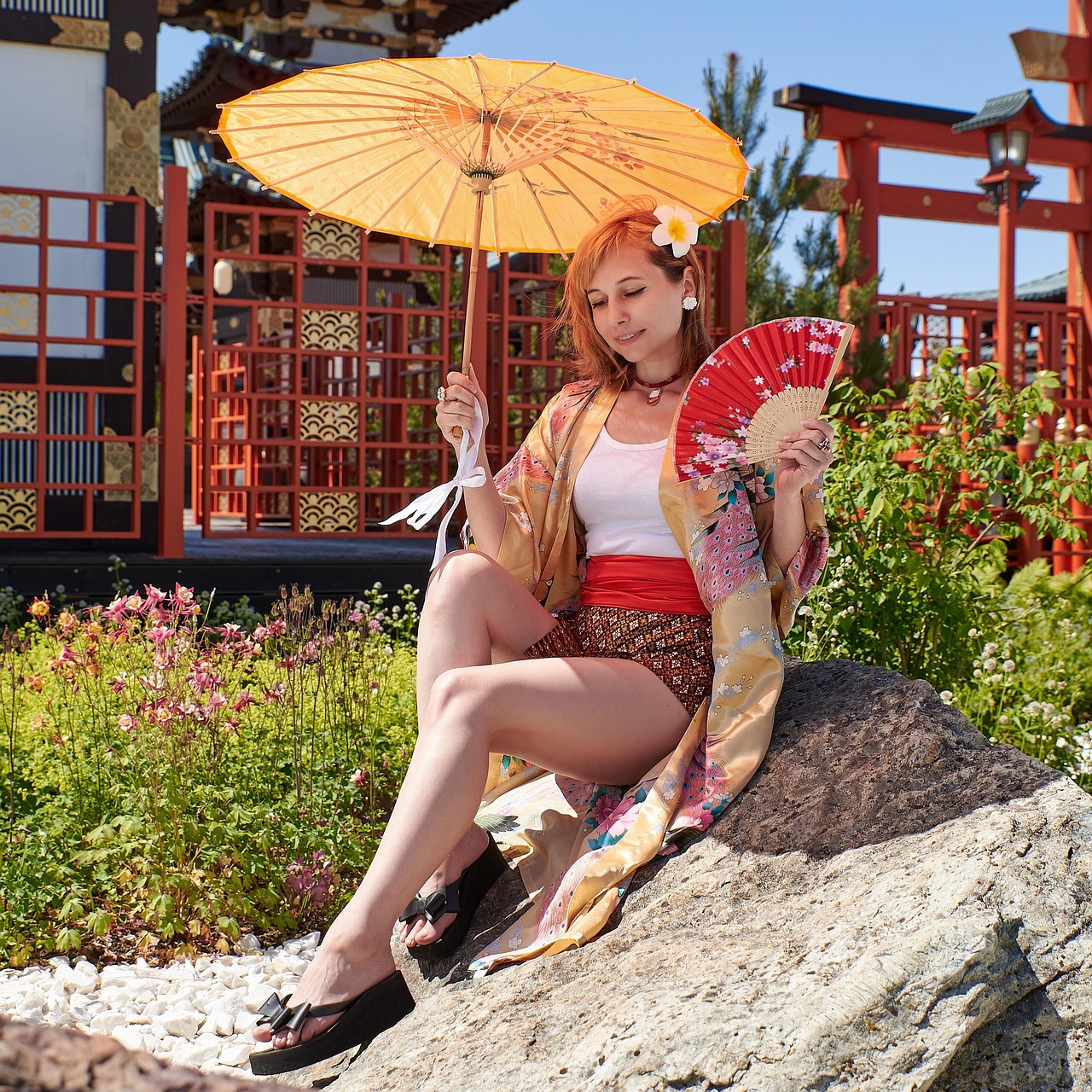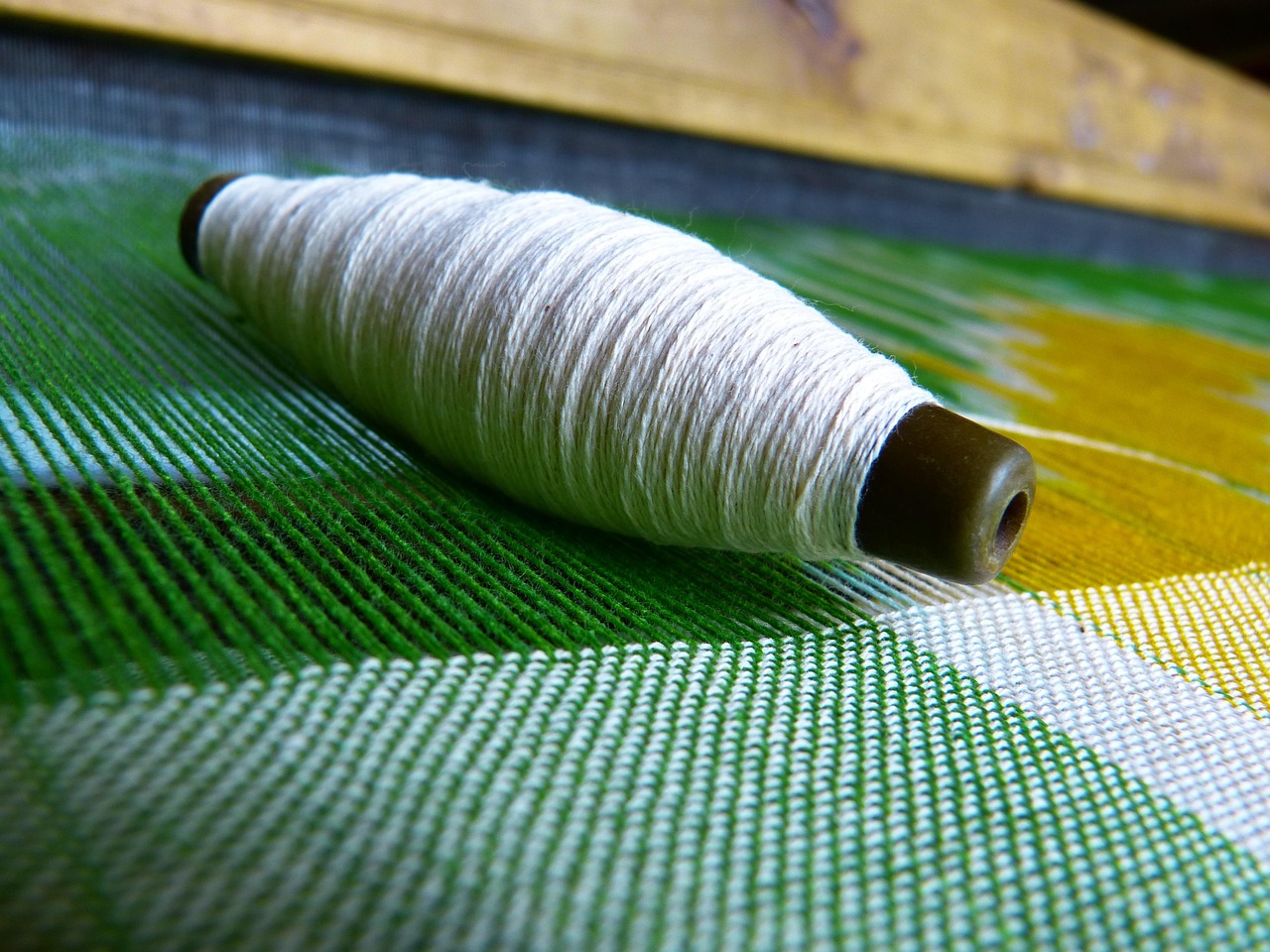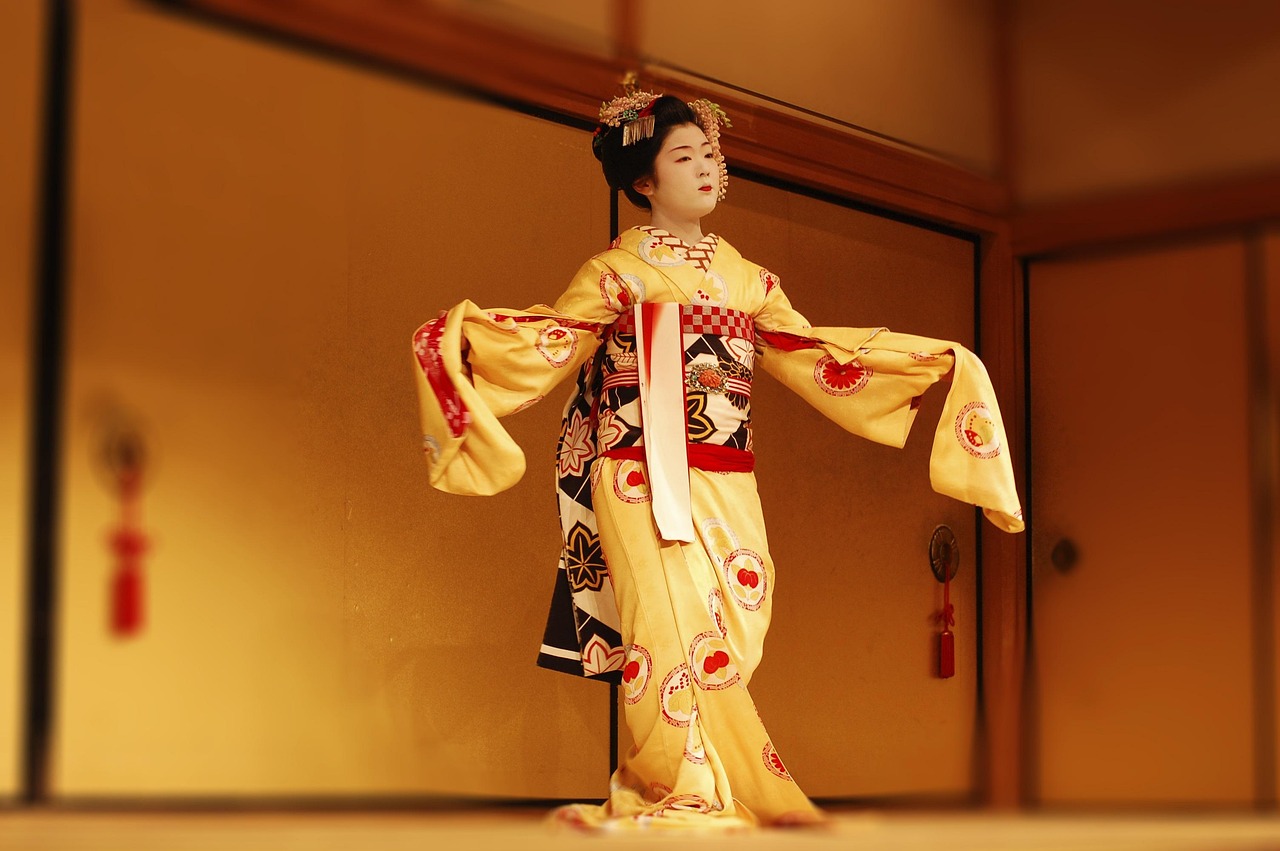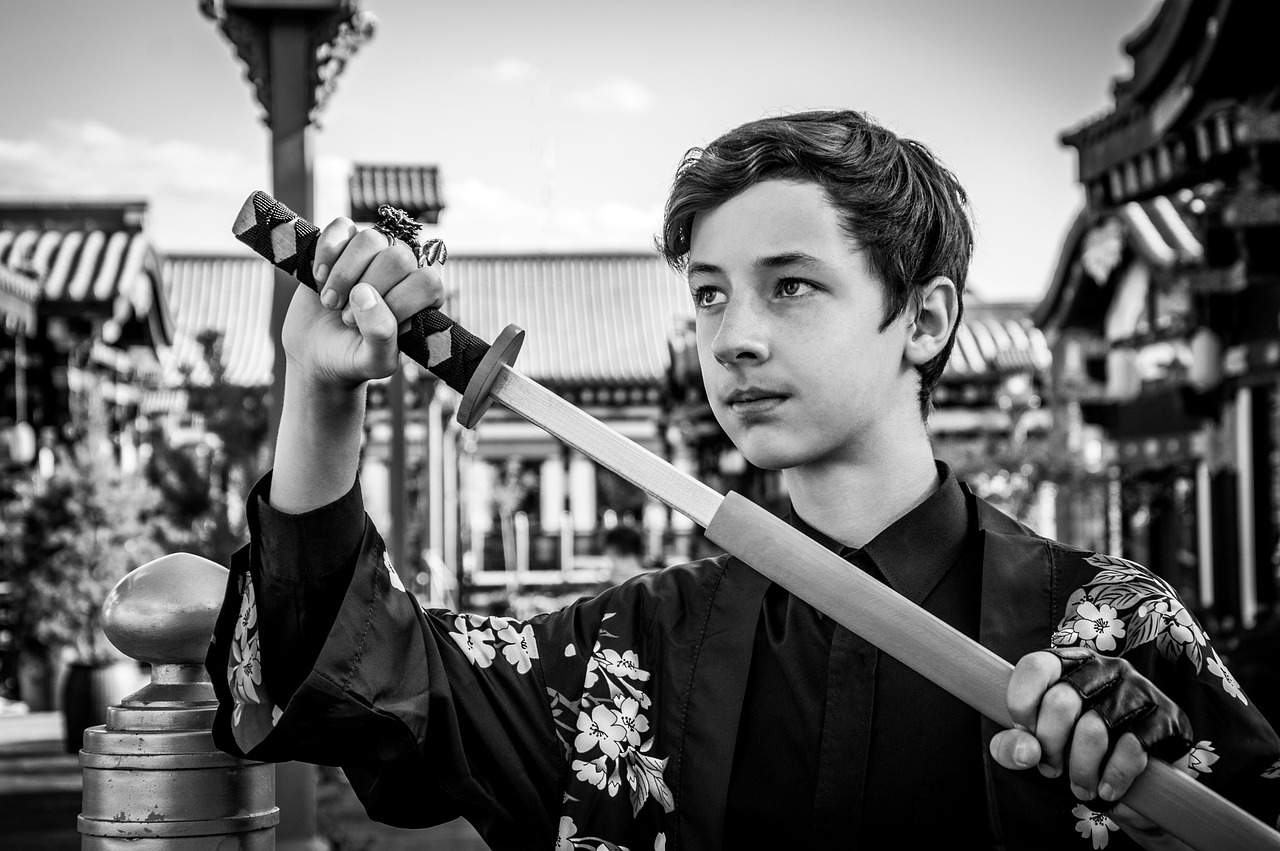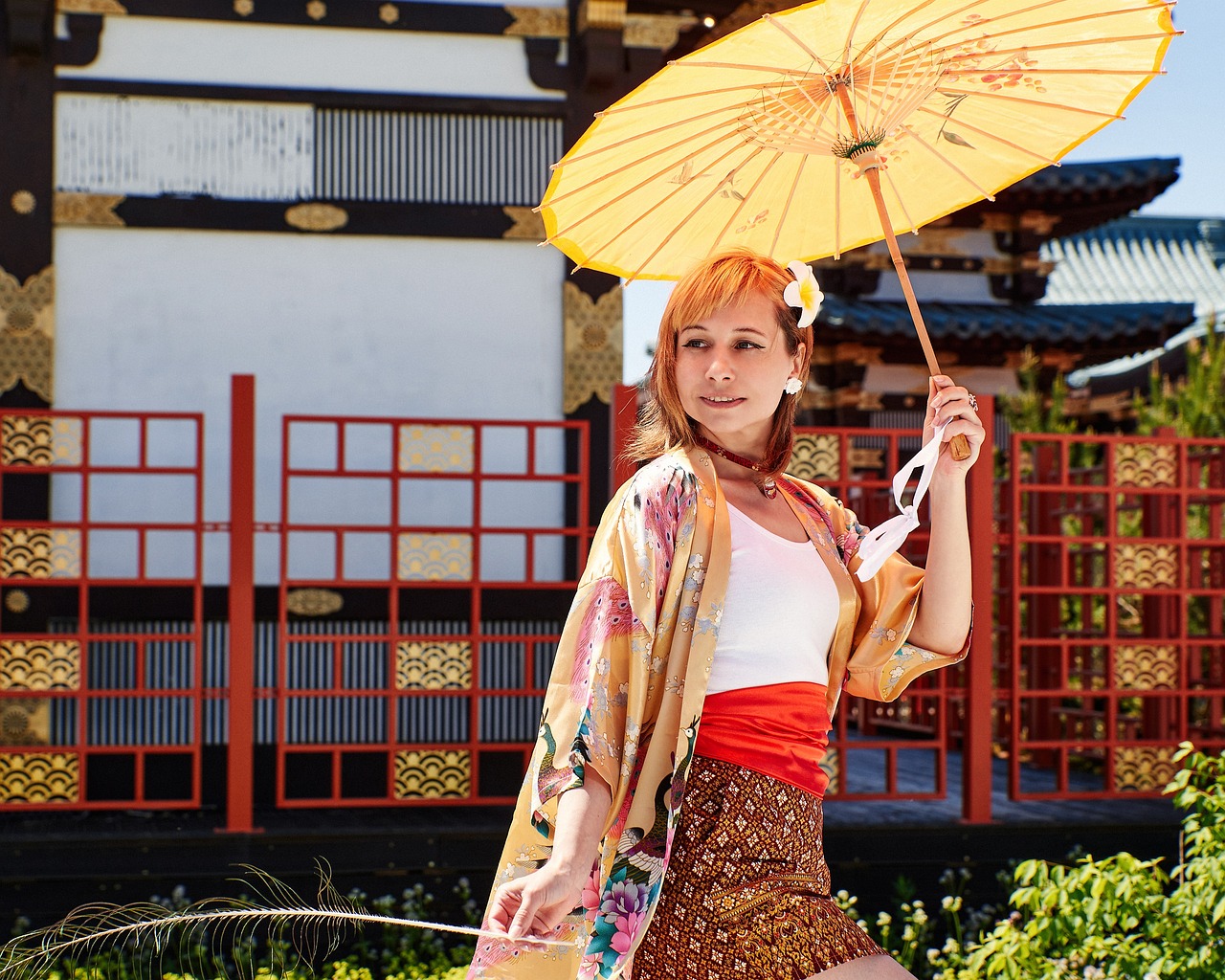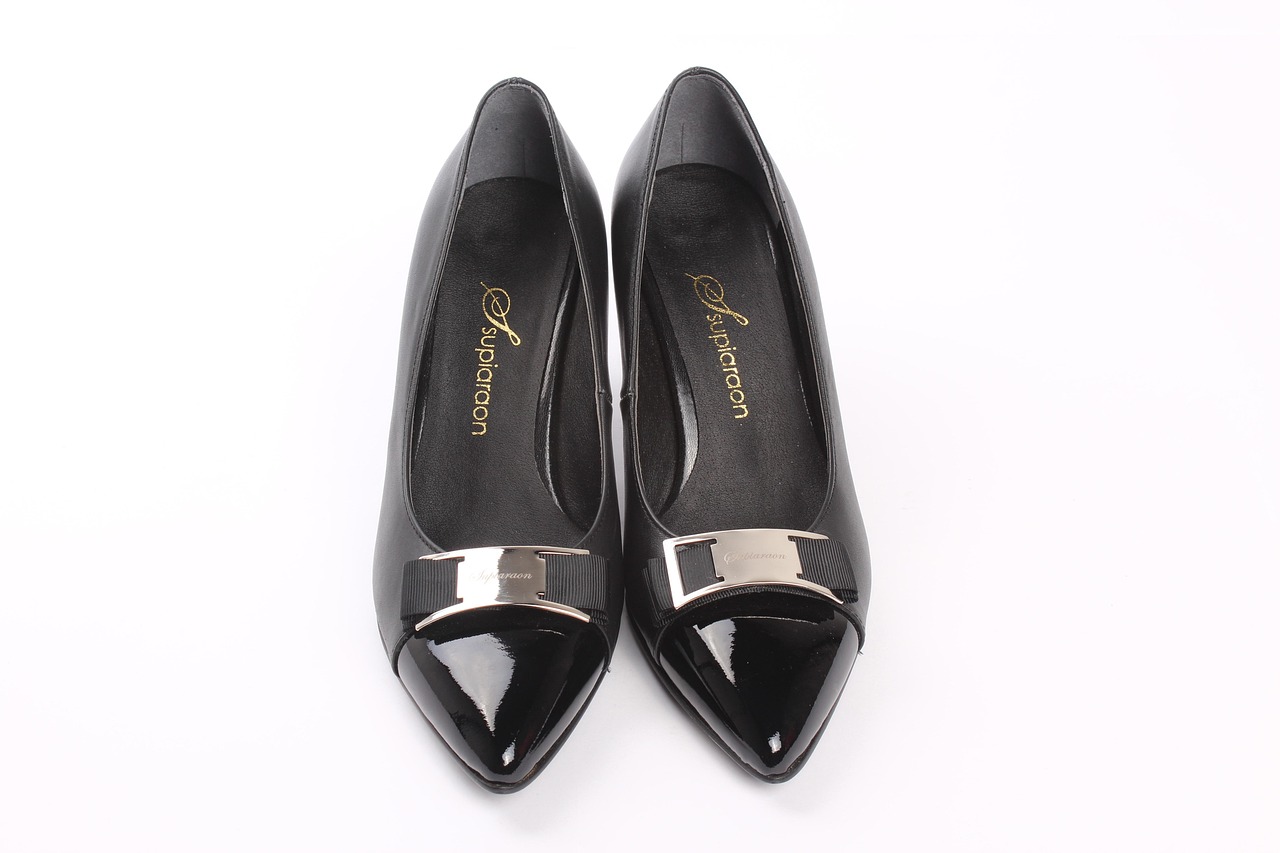This comprehensive guide explores the rich history, styles, and modern usage of kimono clothing, along with practical tips on how to wear and style them for various occasions.
1. The History of Kimono
Understanding the history of kimono clothing provides insight into its cultural significance and evolution over time. The kimono has transformed from traditional attire, worn by the Japanese aristocracy, to a contemporary fashion statement embraced worldwide.
2. Different Types of Kimono
Kimonos come in various styles, each with unique characteristics. Below are some of the most notable types:
- Furisode: A formal kimono with long sleeves, often worn by young women during special occasions.
- Tomesode: Characterized by shorter sleeves, typically worn by married women at formal events.
- Yukata: A casual, lighter version of the kimono, perfect for summer festivals.
3. Essential Accessories for Kimono
Accessories play a crucial role in kimono styling. Essential items include:
- Obi: The wide belt that cinches the kimono at the waist.
- Obijime: A decorative cord that secures the obi.
- Haneri: A decorative collar that can be added for style.
4. How to Properly Wear a Kimono
Wearing a kimono requires specific techniques to ensure a proper fit and aesthetic appeal. Follow these steps for a polished look:
1. Start with the undergarments.2. Put on the kimono, ensuring it is aligned correctly.3. Wrap the obi around your waist and secure it.4. Adjust the collar and sleeves to achieve the desired look.
5. Common Mistakes to Avoid
Even seasoned wearers can make mistakes. Common pitfalls include:
- Incorrect obi tying.
- Misalignment of the kimono.
- Wearing inappropriate accessories.
6. Modern Trends in Kimono Fashion
Kimono fashion has evolved, blending traditional elements with modern styles. Today, kimonos are often paired with jeans or worn as statement pieces in casual outfits.
7. Styling Kimonos for Different Occasions
Kimonos can be styled for various events, from casual outings to formal gatherings. For a wedding, a Furisode is ideal, while a Yukata suits a summer festival perfectly.
8. Caring for Your Kimono
Proper care is essential for maintaining the beauty of your kimono. Tips include:
- Hand wash with mild detergent.
- Store in a cool, dry place.
- Avoid direct sunlight to prevent fading.
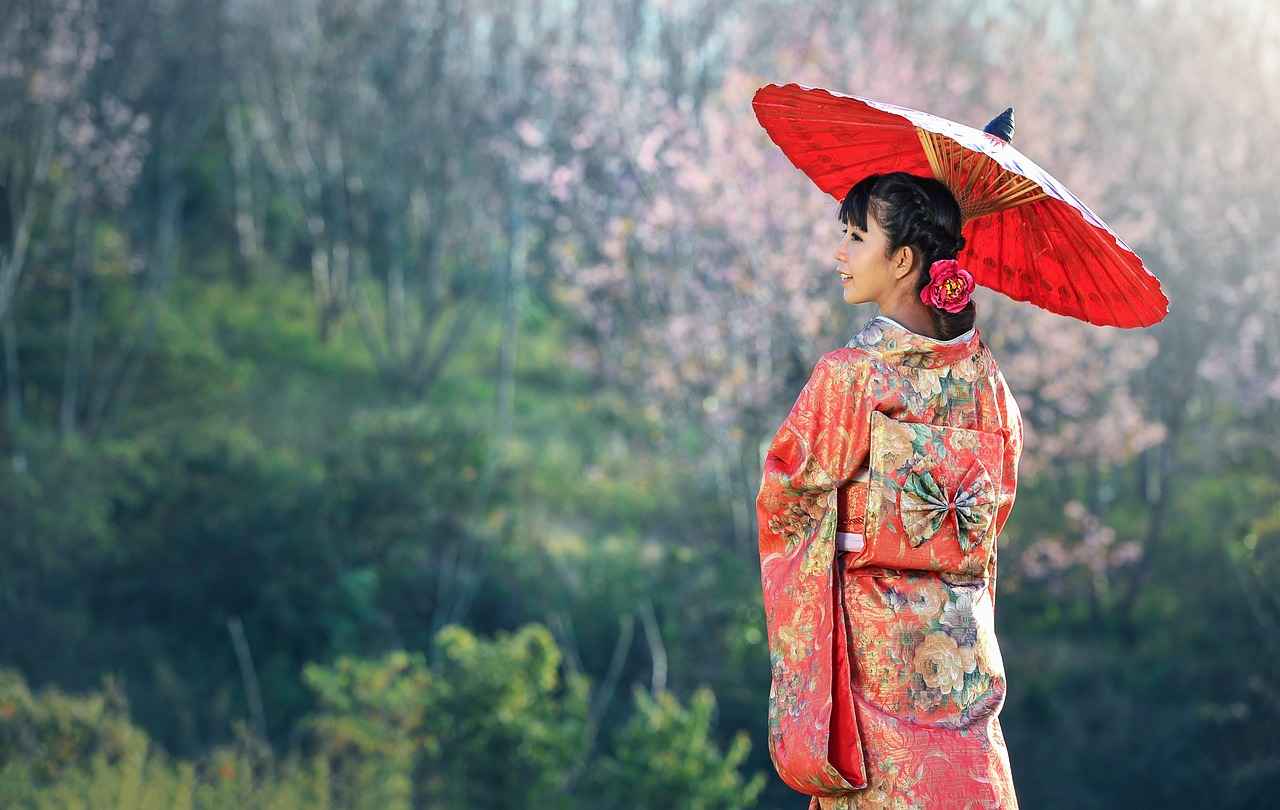
1. The History of Kimono
The History of Kimono is a fascinating journey that reflects the cultural evolution of Japan. The kimono, a traditional garment, has been worn for centuries, with its origins tracing back to the Heian period (794-1185). Initially, the kimono served as a practical piece of clothing, designed for comfort and mobility. Over time, it transformed into a symbol of cultural identity, embodying the artistry and craftsmanship of Japanese textile production.
The design and fabric of kimonos have evolved significantly. Early kimonos were made from simple materials, but as Japan entered the Edo period (1603-1868), the use of luxurious fabrics like silk became prevalent. This era marked the rise of elaborate patterns and colors, each representing various meanings and social statuses. For instance, the vibrant hues of a Furisode kimono signify youth and celebration, while the more subdued tones of a Tomesode reflect maturity and elegance.
Throughout the years, kimonos have been worn during significant life events, such as weddings, festivals, and funerals. The cultural significance of the kimono extends beyond mere clothing; it is intertwined with Japanese traditions and ceremonies. Each style of kimono has its own set of rules regarding when and how it should be worn, emphasizing the importance of cultural etiquette.
In contemporary society, the kimono has undergone a remarkable transformation. While it is still worn during traditional ceremonies, modern fashion designers have incorporated kimono elements into everyday wear, making it a versatile fashion statement. This blending of tradition and modernity showcases the kimono’s enduring appeal and relevance in today’s world.
Understanding the history of kimono clothing provides not only insight into its cultural significance but also highlights its evolution from a traditional garment to a contemporary fashion icon. The kimono continues to inspire and captivate, serving as a testament to Japan’s rich heritage and artistry.

2. Different Types of Kimono
Kimonos are a beautiful representation of Japanese culture, showcasing a variety of styles, each with its own unique characteristics and significance. Understanding the different types of kimonos can enhance your appreciation and help you choose the right one for any occasion.
Furisode is perhaps the most recognized style of kimono, known for its long, flowing sleeves and vibrant patterns. Typically worn by young, unmarried women, Furisode is often donned during significant life events such as weddings, coming-of-age ceremonies, and festive celebrations. The elaborate designs and bright colors symbolize youth and vitality, making it a popular choice for special occasions.
In contrast, the Tomesode is a more subdued and elegant option. This kimono is characterized by its shorter sleeves and is generally worn by married women. Tomesode often features intricate designs at the hem and is considered appropriate for formal events, such as weddings and tea ceremonies. The subtlety of its patterns reflects maturity and sophistication, making it a timeless choice for elegant gatherings.
Yukata, on the other hand, is a casual summer kimono made from lightweight cotton fabric. It is commonly worn during summer festivals and fireworks displays, offering comfort and breathability in warm weather. Yukata comes in a variety of cheerful colors and patterns, making it a favorite among both men and women for relaxed outings. Pairing a yukata with simple accessories allows for a laid-back yet stylish appearance.
In summary, the world of kimonos is rich with tradition and style, encompassing various types that serve different purposes and occasions. Whether you choose the vibrant Furisode, the elegant Tomesode, or the casual Yukata, each kimono tells a story and adds a unique touch to your wardrobe.
3. Furisode: The Formal Kimono
Furisode is one of the most iconic styles of kimono, renowned for its long sleeves and vibrant colors. Traditionally, it is worn by young, unmarried women during significant events such as weddings, graduations, and coming-of-age ceremonies. The word “furisode” translates to “swinging sleeves,” which reflects the garment’s flowing design that enhances the wearer’s elegance and grace.
The significance of Furisode extends beyond its aesthetic appeal; it embodies the cultural heritage of Japan. The color and pattern of the fabric often carry deep meanings, symbolizing aspects like prosperity, happiness, and good fortune. For instance, bright colors like red and pink are commonly associated with joy and celebration, making them popular choices for festive occasions.
When it comes to styling a Furisode, there are several tips to keep in mind:
- Choose the Right Obi: The obi, or sash, is crucial for completing the look. A wide, decorative obi can enhance the overall elegance of the outfit.
- Accessorize Wisely: Incorporate traditional accessories such as haneri (collar), obijime (obi cord), and kanzashi (hair ornaments) to elevate your ensemble.
- Footwear Matters: Pair your Furisode with geta or zori sandals to maintain authenticity and comfort.
- Layering Techniques: For a polished appearance, consider wearing a kimono undergarment and ensuring proper layering of your kimono.
In conclusion, the Furisode is not just a garment; it is a representation of Japanese culture and tradition. By understanding its significance and following these styling tips, you can wear this beautiful kimono with confidence and grace, making a memorable impression during special occasions.
4. Tomesode: The Elegant Choice
Tomesode is a distinguished style of kimono that holds a special place in Japanese culture. Characterized by its shorter sleeves and elegant designs, it is predominantly worn by married women. This unique garment is not only a fashion statement but also a reflection of one’s social status and marital status in traditional Japanese society.
The formal nature of the tomesode makes it an ideal choice for a variety of significant events. It is typically worn during weddings, tea ceremonies, and other formal gatherings, emphasizing the wearer’s respect for tradition and the occasion. The tomesode is often adorned with beautiful patterns and colors that symbolize different meanings, adding depth to its aesthetic appeal.
When selecting a tomesode, it is essential to consider the event type. For instance, a black tomesode, known as kuro-tomesode, is the most formal and is often reserved for weddings and other high-profile events. In contrast, colored tomesode, or iro-tomesode, can be worn for less formal occasions, allowing for more personal expression through color and design.
In terms of styling, the tomesode is typically paired with a obi (sash) that complements its design. Accessories such as obijime and haneri can further enhance the overall look, adding layers of sophistication. The choice of footwear, usually geta or zori, also plays a crucial role in completing the outfit.
In conclusion, the tomesode is more than just a garment; it is a symbol of tradition, elegance, and respect. Wearing it appropriately can elevate one’s presence at formal events, making it a timeless choice for married women in Japan.
5. Yukata: The Casual Kimono
Yukata is a traditional Japanese garment that serves as a lighter, more casual version of the kimono, making it an ideal choice for summer festivals and informal gatherings. Its vibrant colors and comfortable fabric make it a popular choice among both locals and tourists alike, especially during the hot months.
Originally designed for the onsen (hot springs), the yukata has evolved into a fashionable summer staple. Its casual appeal lies in its simplicity and versatility, allowing wearers to express their personal style while staying cool and comfortable. The fabric is typically made from cotton or a cotton blend, which is breathable and easy to maintain.
Styling Options for Yukata
- Color and Pattern: Yukatas come in a variety of colors and patterns, from floral designs to geometric shapes. Choosing the right color can enhance your look and reflect your personality.
- Obi Selection: The obi (belt) is an essential accessory that can dramatically change the appearance of your yukata. Opt for a wide obi for a more formal look, or a simple, narrow obi for a casual vibe.
- Footwear: Traditional footwear such as geta (wooden sandals) or zori (flip-flops) pairs well with yukata, providing a complete and authentic look.
- Accessories: Adding accessories like a haneri (collar) or hair ornaments can elevate your yukata ensemble, making it suitable for various occasions.
To achieve a relaxed yet stylish look, consider layering with a light jacket or shawl, especially for evening events when temperatures drop. The yukata can also be worn with modern twists, such as pairing it with contemporary accessories or mixing it with Western clothing elements.
In conclusion, the yukata is not just a garment; it is a celebration of Japanese culture and summer festivities. Its combination of comfort, style, and versatility makes it a must-have for anyone looking to embrace the essence of Japanese tradition.
6. Essential Accessories for Kimono
Essential Accessories for Kimono
When it comes to styling a kimono, accessories are not just embellishments; they are essential components that elevate the overall aesthetic and cultural significance of the garment. This section delves into the must-have accessories that every kimono wearer should consider.
- Obi: The obi is a wide belt that secures the kimono and adds a touch of elegance. Available in various styles and materials, the obi can dramatically change the look of the outfit. A well-chosen obi can enhance the color palette of the kimono and draw attention to the waist.
- Obijime: This decorative cord is tied around the obi and serves both a functional and aesthetic purpose. It helps keep the obi in place and adds a layer of sophistication. Obijime comes in various colors and designs, allowing for personal expression while complementing the kimono.
- Haneri: The haneri is a collar that is attached to the kimono’s neck area. It can be made from contrasting fabric to provide a pop of color or pattern. This accessory not only serves a practical purpose by protecting the kimono but also enhances the overall style.
- Geta: Traditional wooden sandals known as geta are worn with kimonos, providing height and a unique sound with each step. They come in various styles, and the choice of geta can influence the overall vibe of the outfit, whether formal or casual.
- Obiage and Obidome: Obiage is a decorative scarf tucked into the obi, while obidome is a decorative piece that adds flair to the obijime. Both accessories offer additional opportunities for color coordination and personal style.
In conclusion, the right accessories can transform a simple kimono into a stunning ensemble. By carefully selecting items like the obi, obijime, and haneri, wearers can express their individuality while honoring the rich traditions of kimono fashion.

7. How to Properly Wear a Kimono
Wearing a kimono is an art that combines tradition, elegance, and a touch of cultural heritage. For beginners, navigating the intricacies of kimono dressing can be daunting. This section provides a step-by-step guide to ensure a proper fit and aesthetic appeal, allowing you to embrace this beautiful garment with confidence.
- Step 1: Choose the Right Kimono – Select a kimono that suits the occasion and your personal style. Consider factors like fabric, color, and pattern.
- Step 2: Prepare Undergarments – Wear appropriate undergarments, such as a juban (kimono undergarment) to protect the kimono fabric and enhance comfort.
- Step 3: Put on the Kimono – Start by slipping your arms into the sleeves and adjusting the body wrap around your torso. Ensure the left side overlaps the right side.
- Step 4: Secure the Kimono – Use an obi (sash) to secure the kimono in place. Wrap it around your waist and tie it at the back, ensuring it is snug but comfortable.
- Step 5: Adjust the Length – The hem of the kimono should rest above your ankles. If it’s too long, adjust the fabric by folding it under or using a obi age to lift the hem.
- Step 6: Add Accessories – Enhance your look with accessories like obijime (decorative cord) and haneri (collar), which add flair and personalization.
- Step 7: Final Touches – Stand in front of a mirror to make final adjustments. Ensure the kimono drapes elegantly and feels comfortable.
By following these steps, you will not only wear a kimono correctly but also appreciate the beauty and tradition it represents. With practice, you can master the art of kimono dressing, making it a cherished part of your wardrobe.
8. Step-by-Step Kimono Dressing Guide
The Step-by-Step Kimono Dressing Guide is designed to provide you with a detailed understanding of how to wear a kimono correctly. This traditional Japanese garment requires specific techniques to achieve a polished and authentic appearance. Follow these steps to ensure you look your best.
- Step 1: Prepare Your Undergarments
Before donning a kimono, it’s essential to wear the right undergarments. A juban (kimono undergarment) is recommended, as it helps protect the kimono fabric and provides a smooth base.
- Step 2: Put on the Kimono
Slip the kimono over your shoulders, ensuring that the back is aligned properly. The left side should always overlap the right side, which is a traditional practice in kimono dressing.
- Step 3: Adjust the Length
Check the length of the kimono. It should ideally fall to your ankles. If it’s too long, you may need to adjust it by folding the fabric at the waist.
- Step 4: Secure with an Obi
The obi is a wide belt that secures the kimono. Wrap it around your waist, ensuring it is snug but not too tight. Tie it in a bow or knot at the back, depending on your style preference.
- Step 5: Add Accessories
Enhance your look with essential accessories such as obijime (decorative cord) and haneri (collar). These items add a touch of elegance and complete your outfit.
- Step 6: Final Touches
Inspect your appearance in the mirror. Adjust any areas that may need smoothing out. Ensure your sleeves are positioned correctly and that the kimono drapes beautifully.
By following these steps, you will not only wear a kimono correctly but also appreciate its cultural significance and beauty. Remember, practice makes perfect, and each time you wear a kimono, you’ll become more skilled at the art of dressing in this exquisite garment.
9. Common Mistakes to Avoid
Wearing a kimono can be a beautiful expression of culture and style, but even seasoned wearers can fall into common pitfalls. Understanding these mistakes is essential for achieving an authentic look and feeling confident in your attire. Below are some frequent errors and tips on how to avoid them:
- Incorrect Undergarments: The foundation of a well-worn kimono starts with the right undergarments. Avoid wearing modern lingerie that can create visible lines. Instead, opt for traditional undergarments designed for kimono wear.
- Improper Kimono Length: Ensure that your kimono is the right length for your height. A kimono that is too long or too short can disrupt the overall aesthetic. When in doubt, consult a professional for fitting advice.
- Neglecting the Obi: The obi, or sash, is a vital component of kimono styling. Wearing it incorrectly or choosing the wrong style can detract from your look. Take the time to learn how to tie your obi properly and select one that complements your kimono.
- Ignoring Seasonal Fabrics: Kimonos are made from various materials suitable for different seasons. Wearing a heavy fabric in summer or a light fabric in winter can be uncomfortable and inappropriate. Always consider the fabric weight and season when choosing your kimono.
- Overdoing Accessories: While accessories enhance your outfit, over-accessorizing can lead to a cluttered appearance. Stick to a few key pieces that complement your kimono without overwhelming it.
- Improper Footwear: The choice of footwear is crucial. Traditional zori or geta sandals are preferred, but wearing modern shoes can clash with the overall look. Ensure your footwear aligns with the formality of your kimono.
By being aware of these common mistakes and taking steps to avoid them, you can ensure a more authentic and polished appearance when wearing a kimono. Embrace the beauty of this traditional attire with confidence!
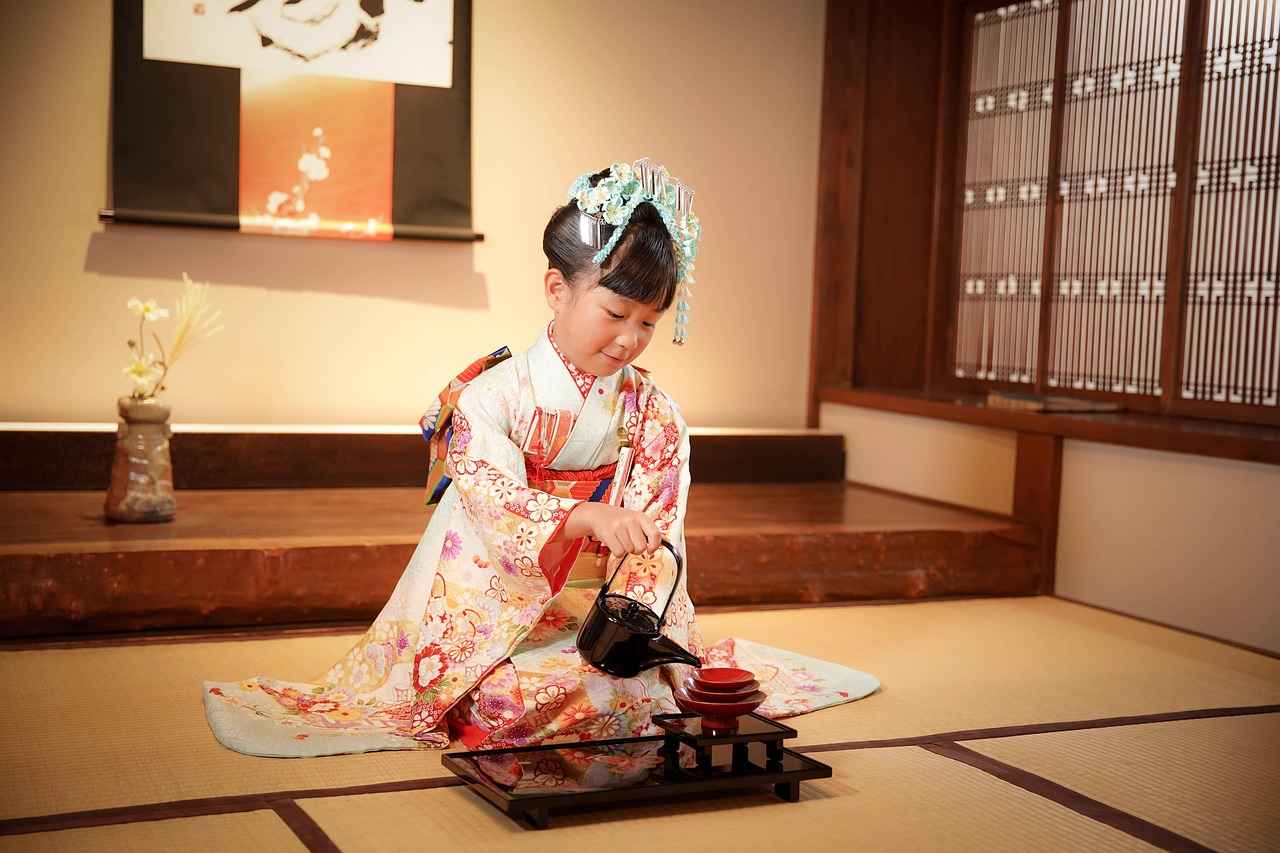
10. Modern Trends in Kimono Fashion
Modern Trends in Kimono Fashion have taken the fashion world by storm, seamlessly merging traditional aesthetics with contemporary styles. Kimonos, which were once reserved for formal occasions, are now being embraced as versatile pieces suitable for everyday wear.
Today, designers are experimenting with fabrics, colors, and patterns, making kimonos accessible to a broader audience. The use of lightweight materials and bold prints has transformed the kimono into a statement piece that can elevate any outfit.
| Trend | Description |
|---|---|
| Layering | Kimonos are often layered over casual outfits, such as t-shirts and jeans, adding a touch of elegance to everyday wear. |
| Street Style | Fashion influencers are incorporating kimonos into street style, pairing them with sneakers and casual attire for a chic look. |
| Mixing Patterns | Bold, eclectic styles are trending, with kimonos being worn alongside other patterned clothing, creating a unique and artistic ensemble. |
| Accessories | Modern kimonos are often styled with contemporary accessories, such as chunky jewelry or statement belts, enhancing their appeal. |
Incorporating a kimono into your wardrobe can be done effortlessly. Here are some practical tips:
- Choose the Right Length: Opt for longer kimonos for a more dramatic effect or shorter versions for a casual vibe.
- Pair with Basics: Use kimonos to elevate simple outfits, such as a plain dress or fitted top and jeans.
- Play with Colors: Don’t shy away from vibrant colors or patterns; they can make your outfit pop.
In conclusion, the evolution of kimono fashion reflects a broader shift towards embracing cultural heritage in modern wardrobes. By incorporating these beautiful garments into everyday outfits, you not only celebrate tradition but also express your unique style.
11. Styling Kimonos for Different Occasions
Kimonos are versatile garments that can be adapted for a wide range of events, from casual outings to formal gatherings. Understanding how to style a kimono appropriately for different occasions can enhance your overall look and ensure you feel confident and comfortable. Below, we explore various outfit ideas tailored to specific events.
- Casual Day Out: For a relaxed outing, consider pairing a lightweight yukata with a simple t-shirt and denim shorts. Accessorize with flip-flops and a casual tote bag. This combination is perfect for summer festivals or a day at the park.
- Brunch with Friends: Opt for a floral kimono over a fitted dress. Choose sandals or wedges to elevate your look. A wide-brimmed hat and a statement necklace can add a chic touch, making it ideal for a sunny brunch.
- Office Attire: Wear a neutral-toned kimono over a blouse and tailored trousers for a stylish office outfit. Pair it with loafers or low heels. This look maintains professionalism while allowing for personal expression.
- Evening Events: For formal gatherings, a long-sleeved furisode is an elegant choice. Pair it with traditional obi and heels. Complement the outfit with understated jewelry to keep the focus on the kimono.
- Weddings: A tomesode is perfect for weddings, especially for married women. Choose one with subtle patterns and pair it with elegant accessories. A clutch and delicate earrings can complete the sophisticated look.
Conclusion: Kimonos can be styled in numerous ways to suit any occasion. By understanding the appropriate combinations and accessories, you can effortlessly transition from a casual day out to a formal event while showcasing the beauty of this traditional garment.
12. Caring for Your Kimono
Caring for your kimono is crucial to ensure its longevity and beauty. These exquisite garments are not only a representation of Japanese culture but also a significant investment. Proper maintenance will help preserve the fabric and colors, allowing you to enjoy your kimono for years to come. Below are practical tips on cleaning, storage, and preservation of kimono garments.
When it comes to cleaning your kimono, it is essential to handle it with care:
- Dry Cleaning: Always opt for professional dry cleaning, especially for silk kimonos. It helps to maintain the integrity of the fabric.
- Spot Cleaning: For minor stains, use a damp cloth and a gentle detergent. Test on a hidden area first to ensure no discoloration occurs.
- Avoid Washing Machines: Never machine wash your kimono, as this can cause damage and alter its shape.
Storing your kimono correctly is vital to prevent damage:
- Use a Kimono Bag: Store your kimono in a breathable cotton bag to protect it from dust and light.
- Avoid Hangers: Instead of hanging your kimono, fold it gently and place it flat in a drawer or on a shelf.
- Keep Away from Moisture: Ensure your storage area is dry and cool to prevent mold and mildew.
To further protect your kimono:
- Regular Inspections: Periodically check your kimono for any signs of damage or pests.
- Use Acid-Free Tissue: When folding your kimono, use acid-free tissue paper to maintain its shape and prevent creases.
- Protect from Sunlight: Avoid exposing your kimono to direct sunlight, as this can fade the colors over time.
By following these guidelines, you can ensure that your kimono remains a stunning piece of art and a cherished part of your wardrobe for many years.
Frequently Asked Questions
- What is a kimono?
A kimono is a traditional Japanese garment characterized by its long sleeves and wrap-around design. It is often made from silk and features intricate patterns, making it a symbol of Japanese culture and elegance.
- How do I choose the right kimono for an occasion?
Choosing the right kimono depends on the occasion. For formal events, opt for a Furisode or Tomesode, while a Yukata is perfect for casual outings or summer festivals. Consider the colors and patterns that best reflect the event’s formality.
- Can men wear kimonos?
Absolutely! Men can wear kimonos too. They typically wear a Yukata for casual events or a more formal Hakama for special occasions. The styles may differ, but the beauty of kimono fashion is universal.
- How should I care for my kimono?
To care for your kimono, always follow the manufacturer’s instructions. Generally, hand washing in cold water and air drying is recommended. Store it in a cool, dry place, ideally in a garment bag to protect it from dust and light.
- What accessories do I need to wear with a kimono?
Essential accessories include an obi (sash), obijime (decorative cord), and haneri (collar). These items not only enhance the kimono’s appearance but also add a personal touch to your outfit.

